Melonie asks:
"I am considering surgery for Dupuytren's Contracture (DC). What are some of the factors that I need to consider? And what is the recovery process like?"
Certified Hand Therapist Trevor Petrie replies:
Dupuytren's isn't a well understood disease process with an unpredictable rate of progression. The decision about whether or not to do surgery is almost entirely based on how difficult the contracture makes it to perform activities of daily living. All the surgeons I have worked for tend to tell their patients that there is a fairly high rate of recurrence, but it's impossible to predict if it will take months, years, or decades. People who perform more manual tasks or work and find that the contractures severely limit their ability to perform are good candidates for surgery.
Fasciotomy and fasciectomy are both open procedures that require the surgeon to cut incisions into the hands and either separate the cords, in the case of a fasciotomy, or remove as much of the diseased tissue as possible in the case of the fasciectomy. The incisions can look fairly overwhelming to some people, which can make it difficult to convince people to move their fingers early and often. A needle aponeurotomy is when the surgeon pierces the skin with a needle repeatedly and separates the cord without fully opening the patient's palm to visualize the tissue.
This procedure tends to be given to patients with less severe contractures. It tends to have a faster rate of recovery, but there is also a slightly elevated risk of trauma to tendons and nerves since the doctor isn't directly looking at what he or she is cutting. Another option is injecting the cord with an enzyme that weakens the cord, then waiting a day and then having the surgeon stretch the finger until the cord pops. This was a fairly popular approach 5–10 years ago since it doesn't require as much recovery time, but many surgeons have gone back to the open approaches since recent longitudinal studies show the greatest long-term success rates.
I don't get to see a lot of people before surgery since there aren't any really good conservative interventions that don't involve a surgeon. People tend to recover very well from all of these procedures and are generally pleased with the outcome.
Any surgery comes with risk, including infection and unintended damage to tendons, nerves and other surrounding structures, but skilled surgeons and good hygiene can limit these risks significantly.
My job as a hand therapist after whichever procedure is performed is mostly to walk the patient through exercises to get the fingers moving again. Some surgeons will ask me to make a splint for the patient to wear at night to keep the fingers as straight as possible. The thought is, we want to keep the tissue in a lengthened position to prevent scar contractures and to keep diseased tissue from coming in contact with itself, which may hasten recurrence.
Most people don't require a lot of ongoing therapy unless they have severe contractures pre-surgery or are very hesitant to move and need a little more help.
*This content is presented for informational purposes only and should not be considered health, nutritional, medical, or legal advice. Always consult a licensed medical practitioner for diagnosis and treatment if you are experiencing pain or suspect a medical condition.
Trevor Petrie, Certified Hand Therapist
Trevor Petrie is a Certified Hand Therapist with a Master’s degree in Occupational Therapy from the University of Washington. He has been helping people with hand and upper extremity pain and injuries since 2012, with a focus on evidence-based care tailored to each person’s individual needs.
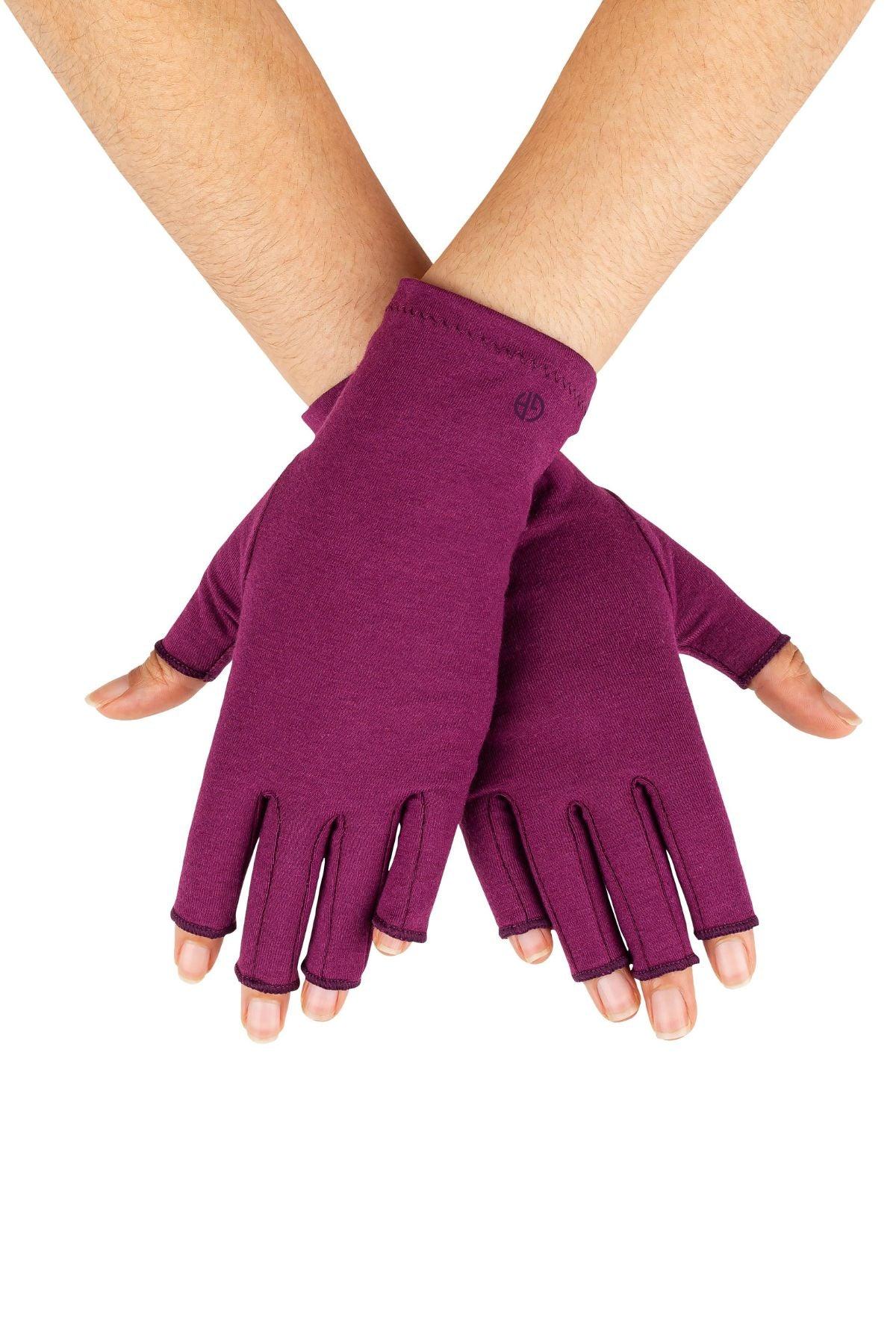


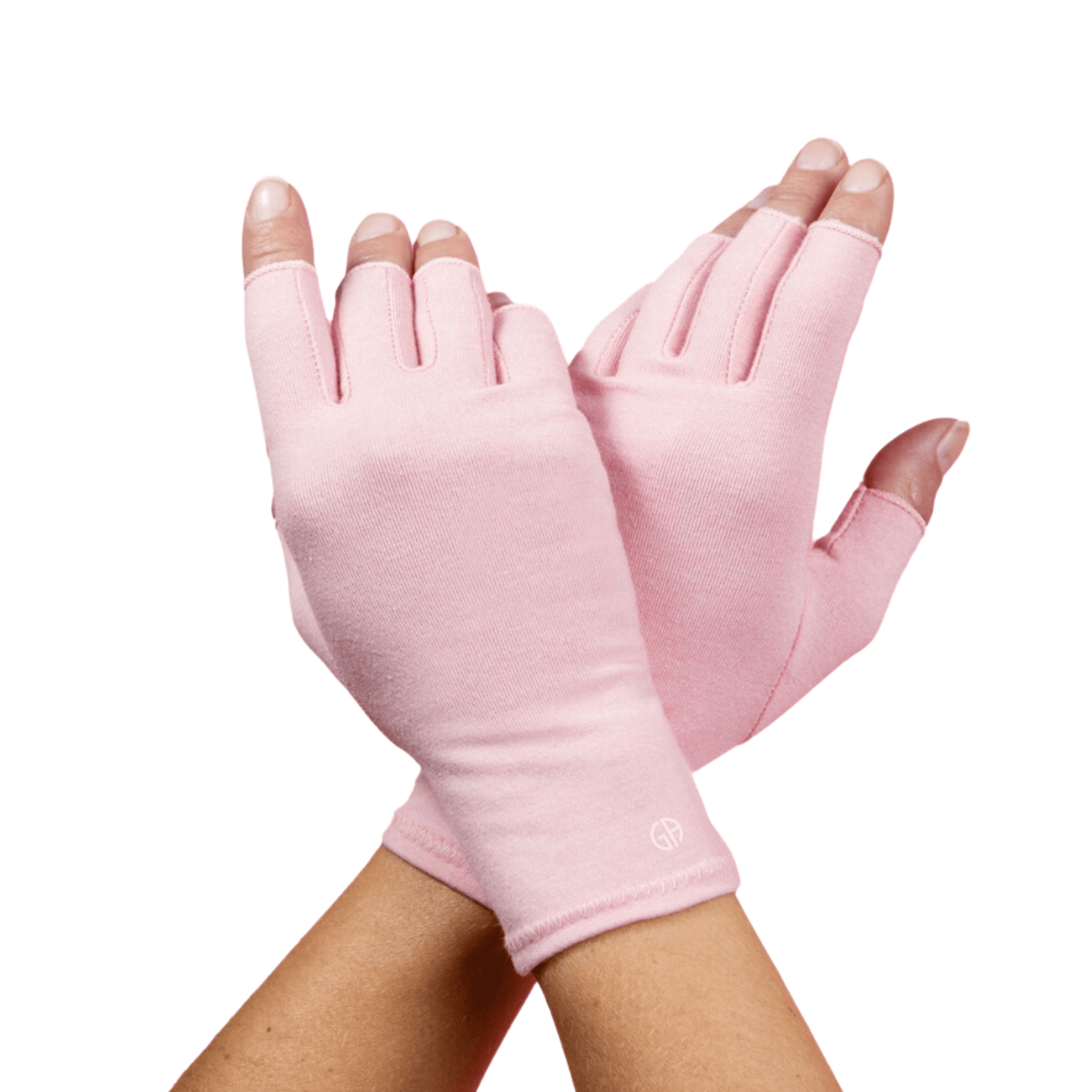
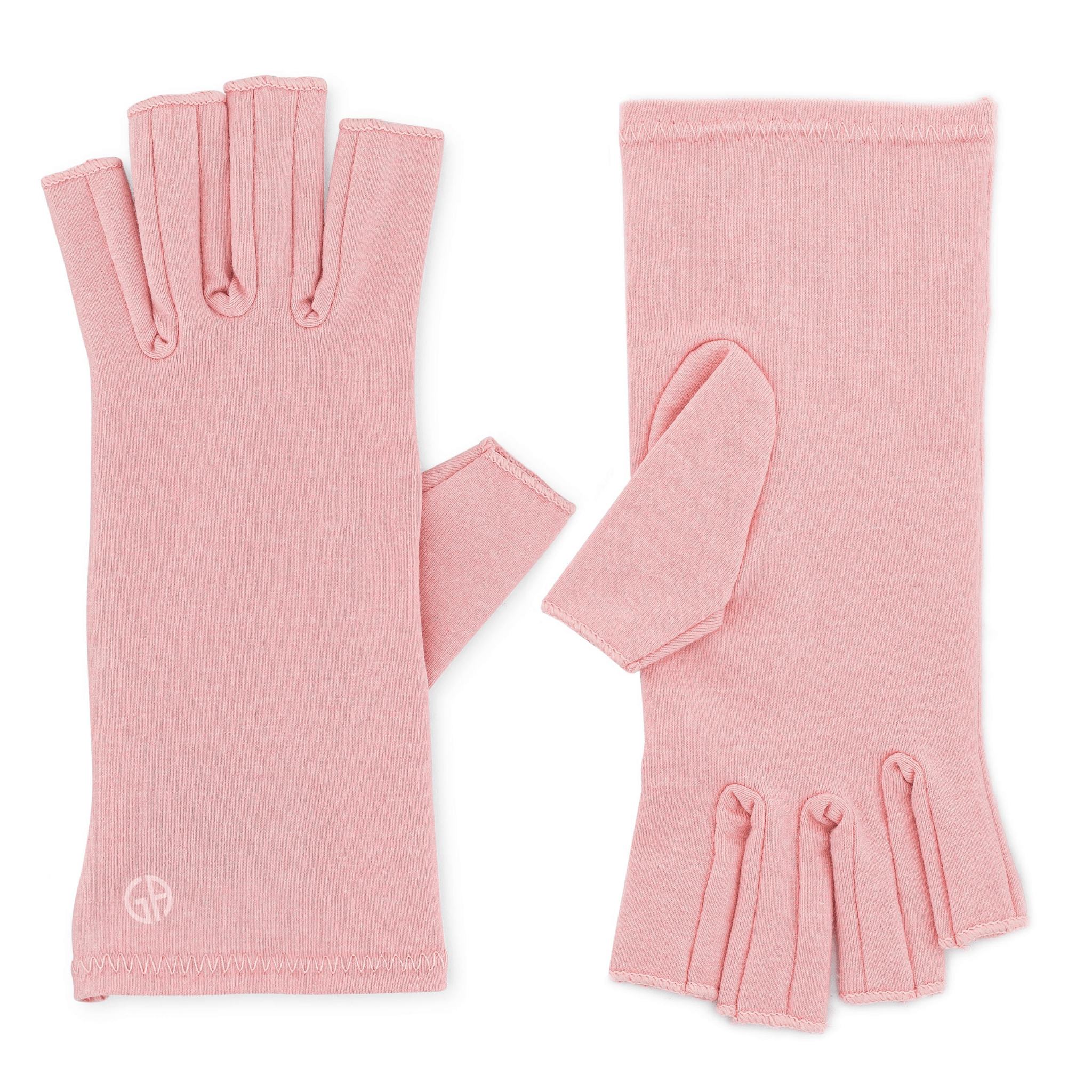
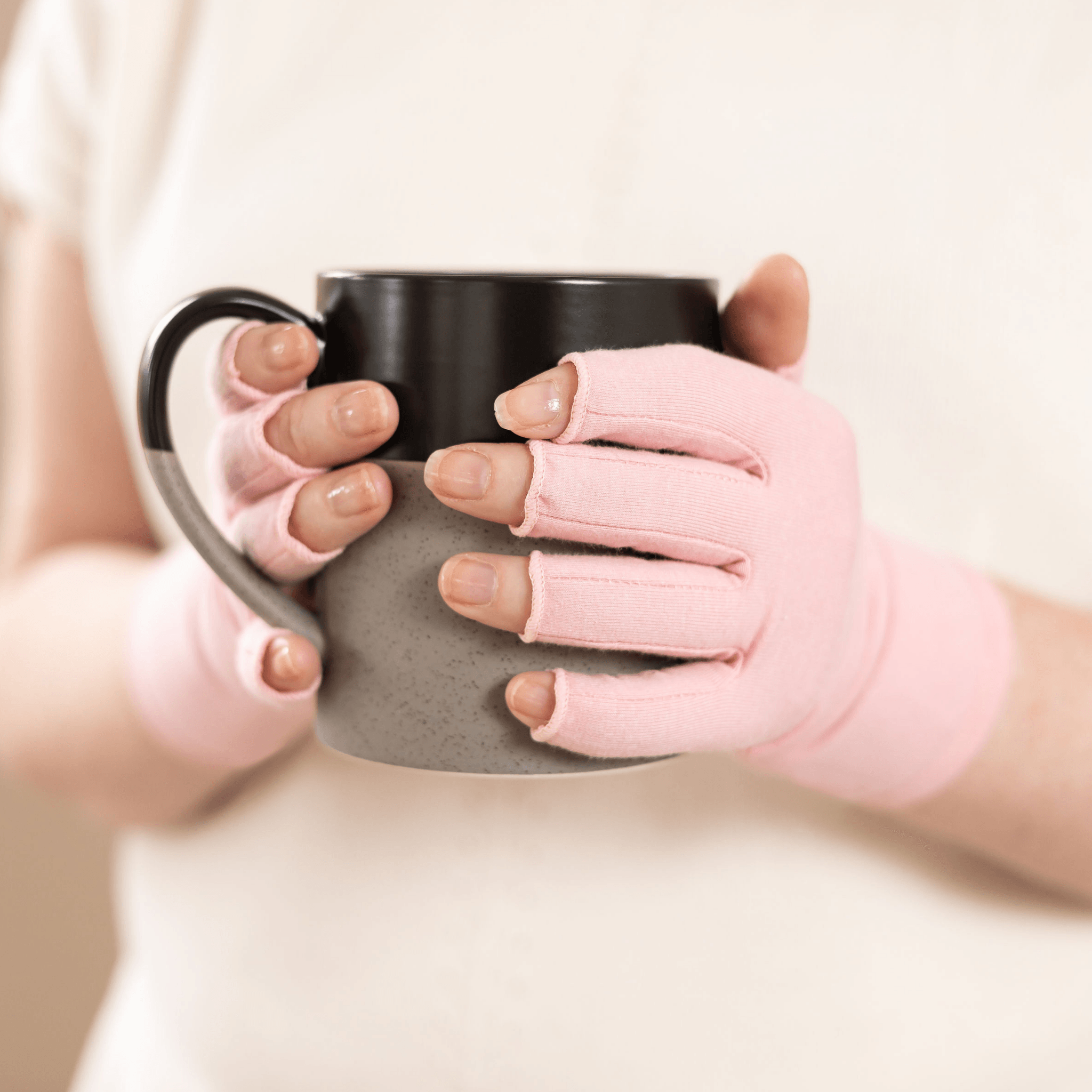
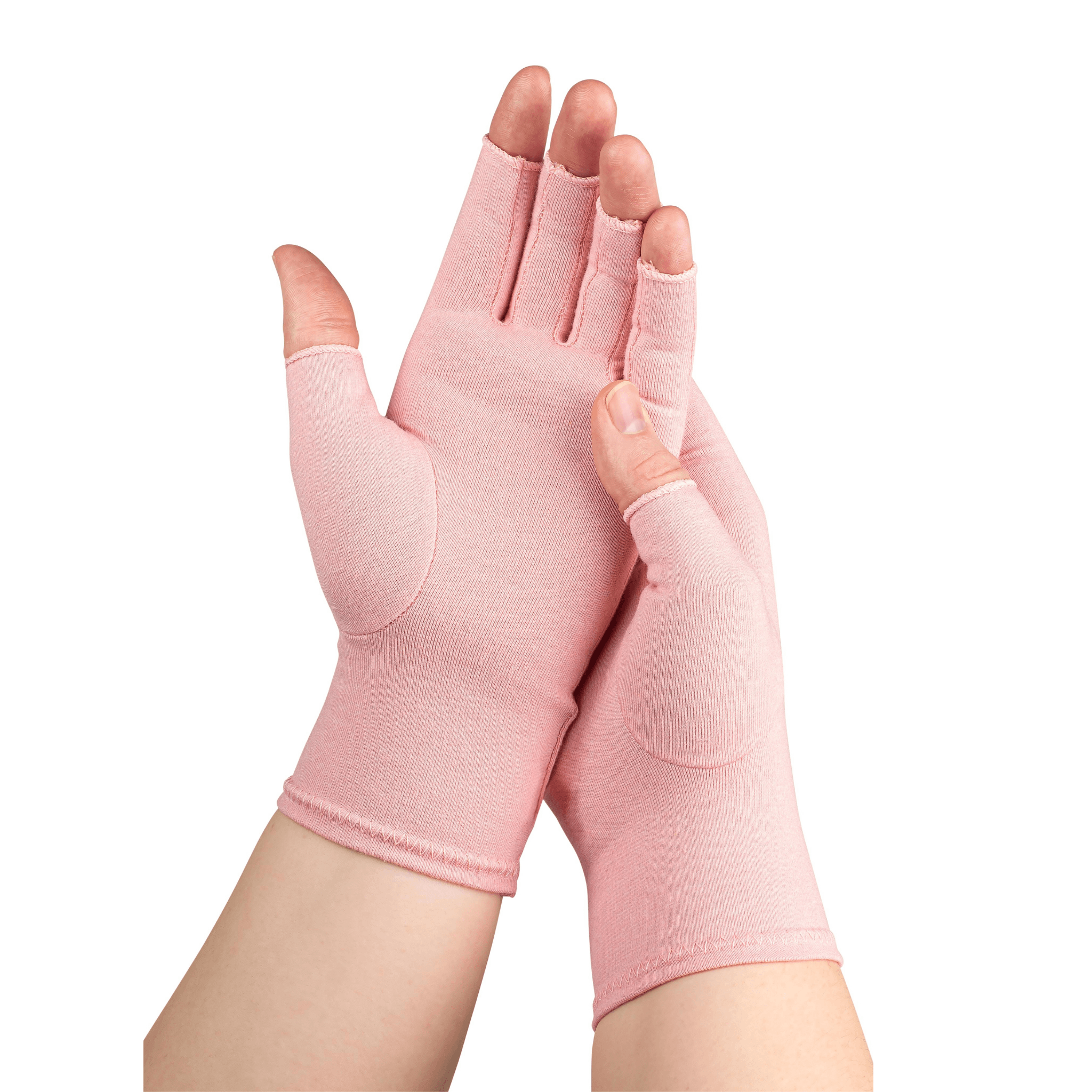
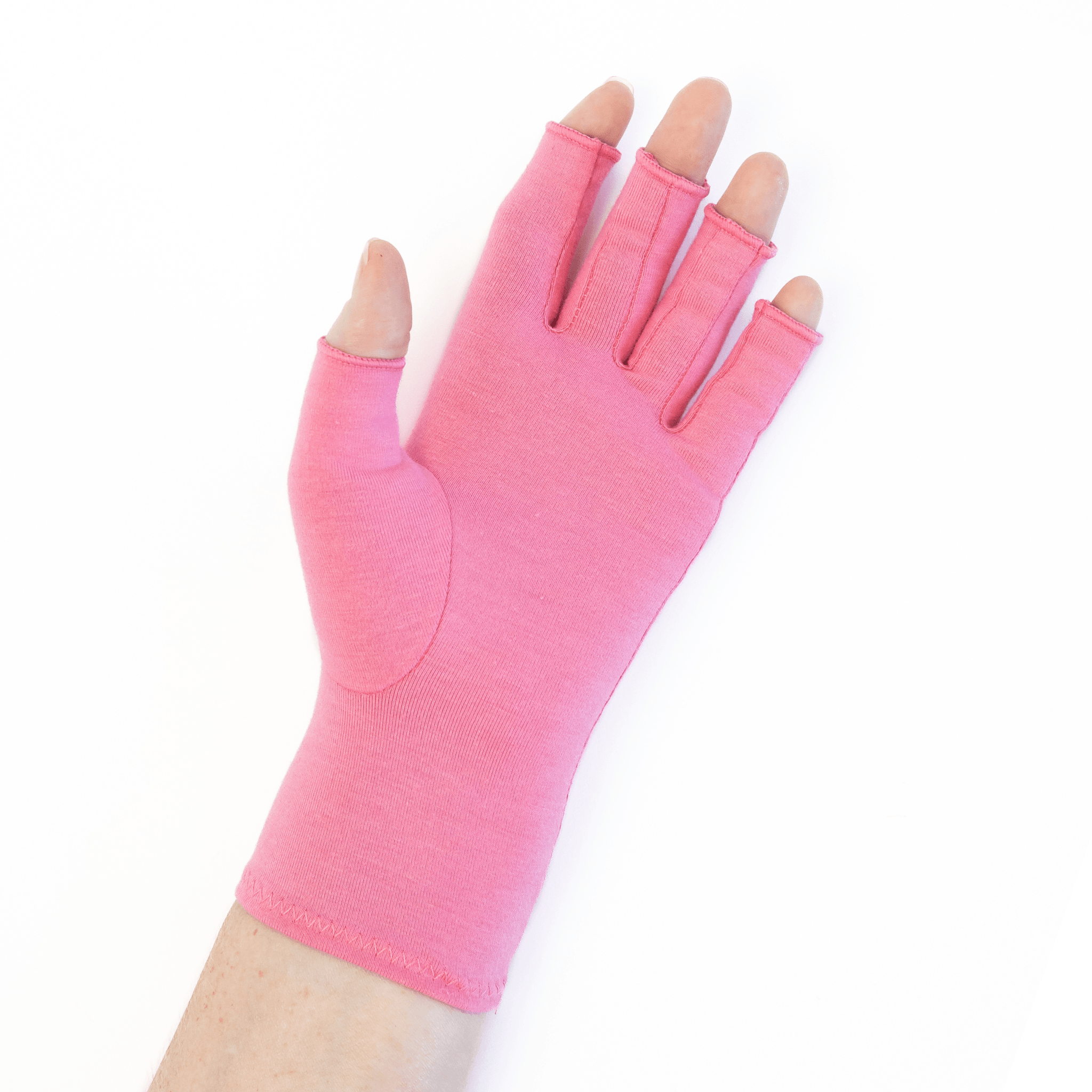
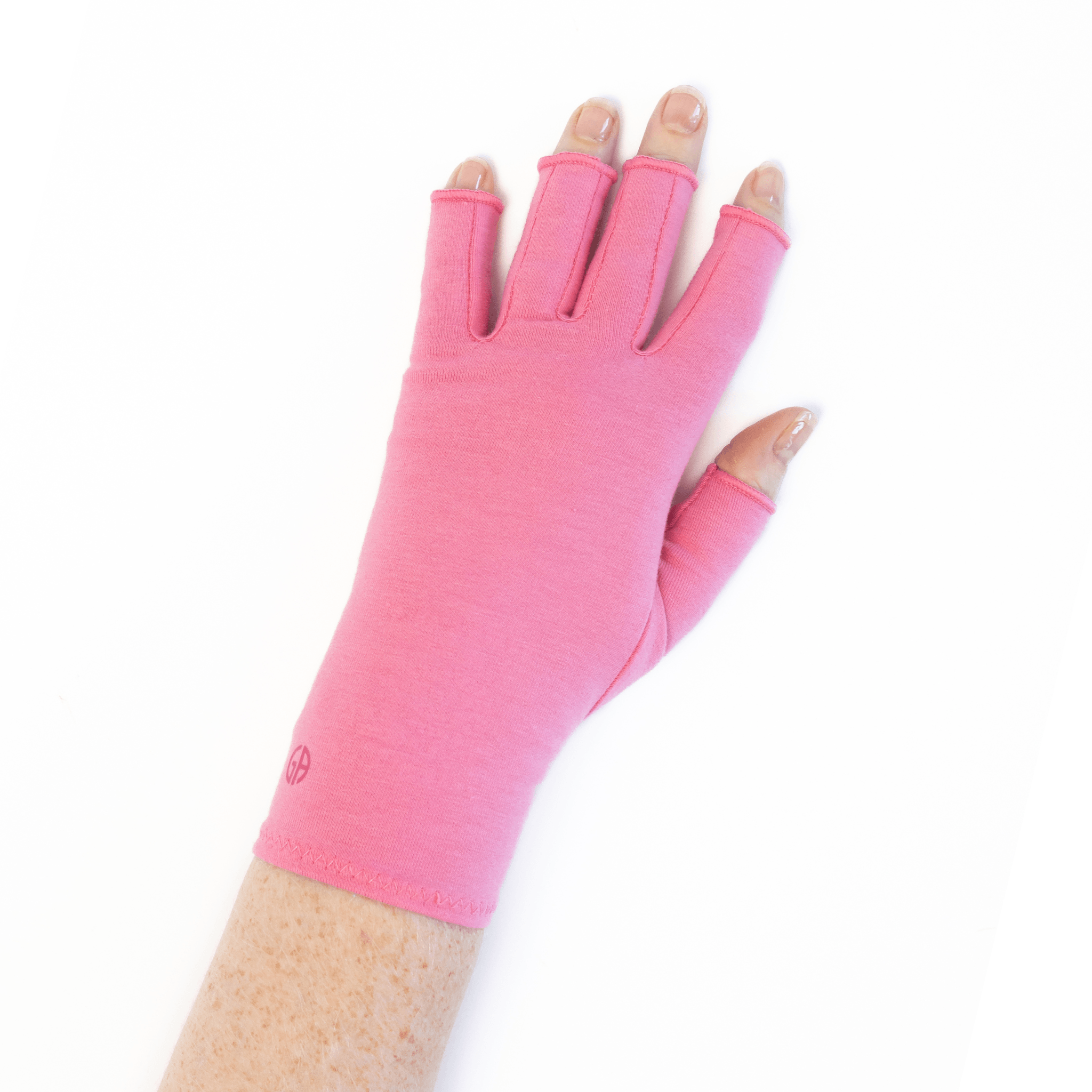
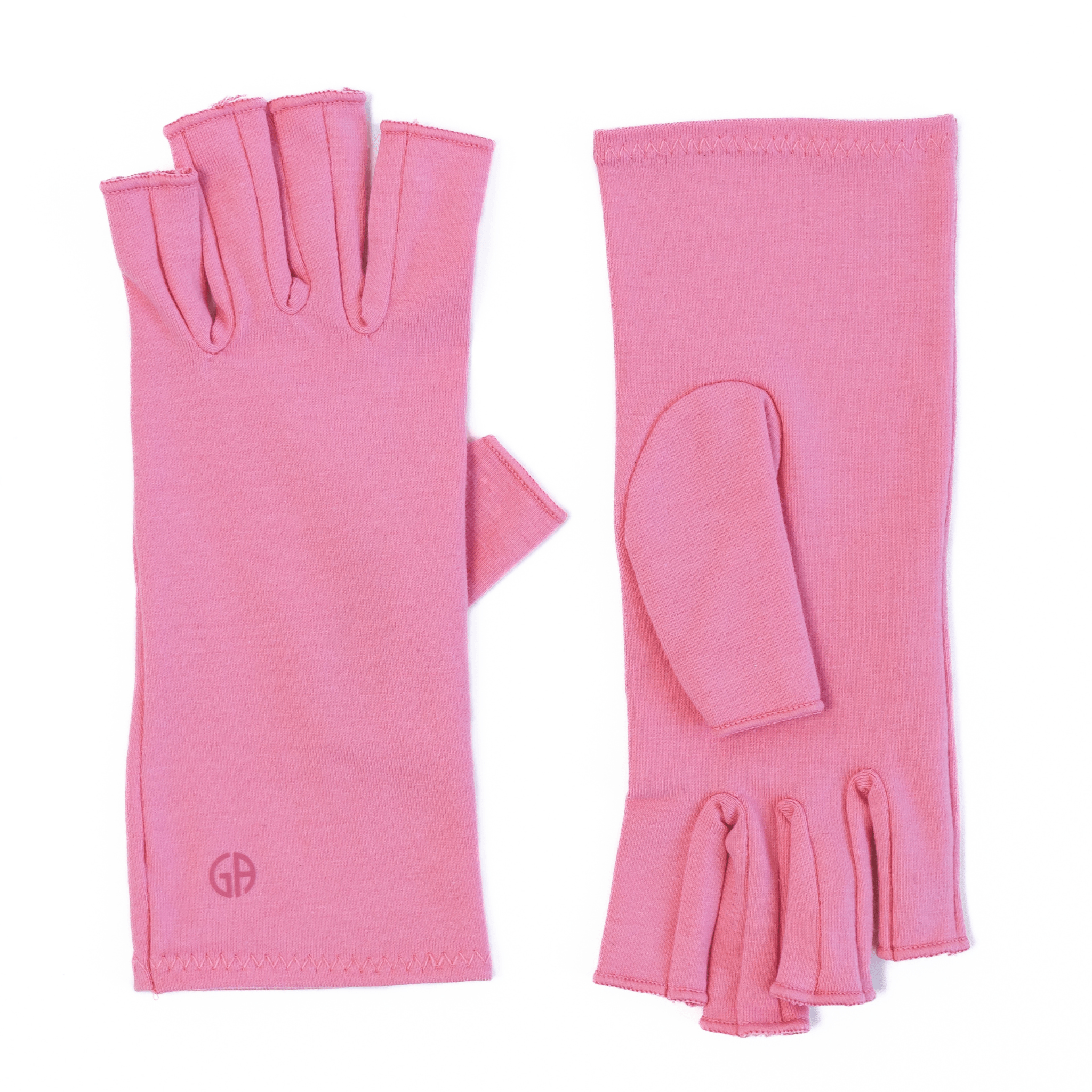
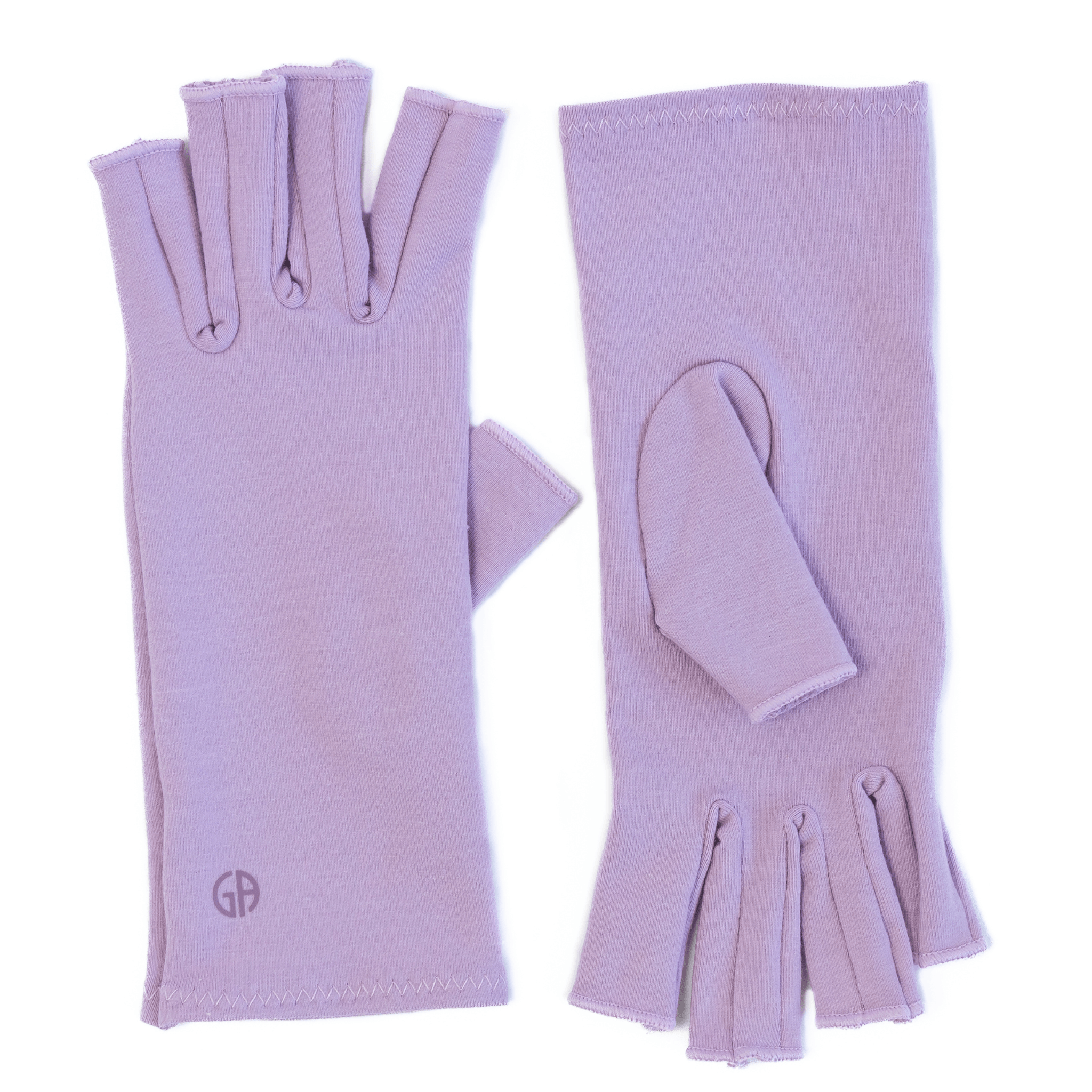
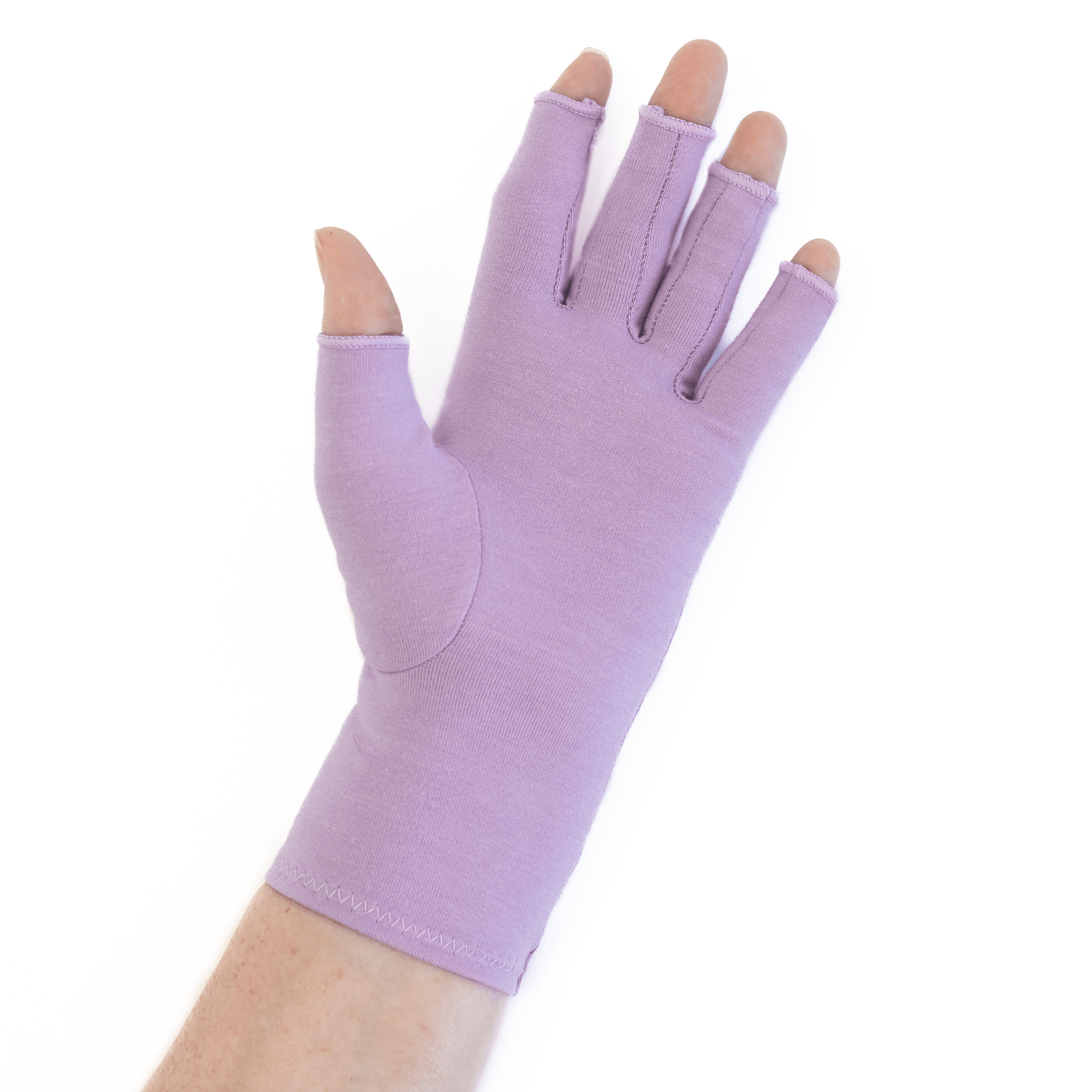
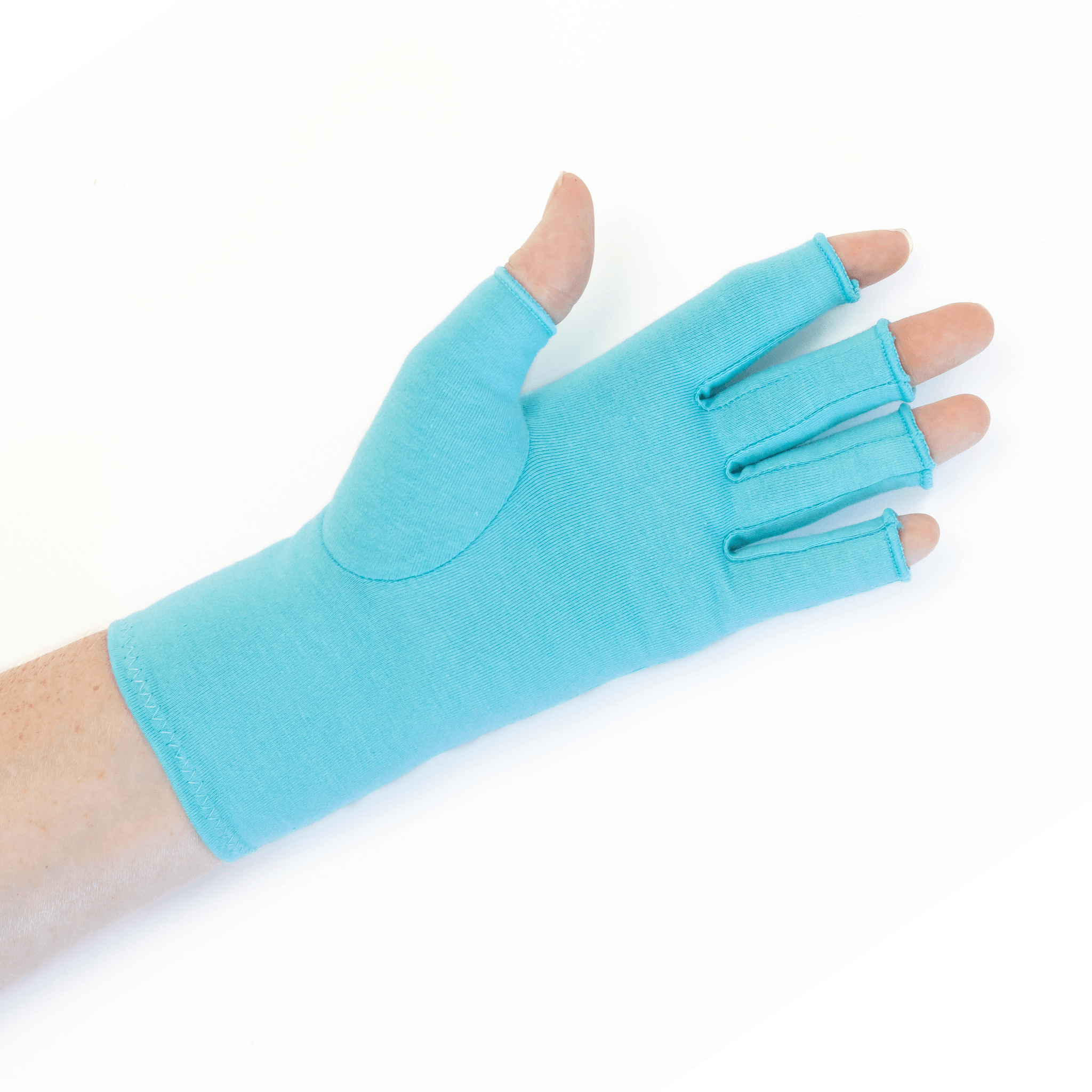
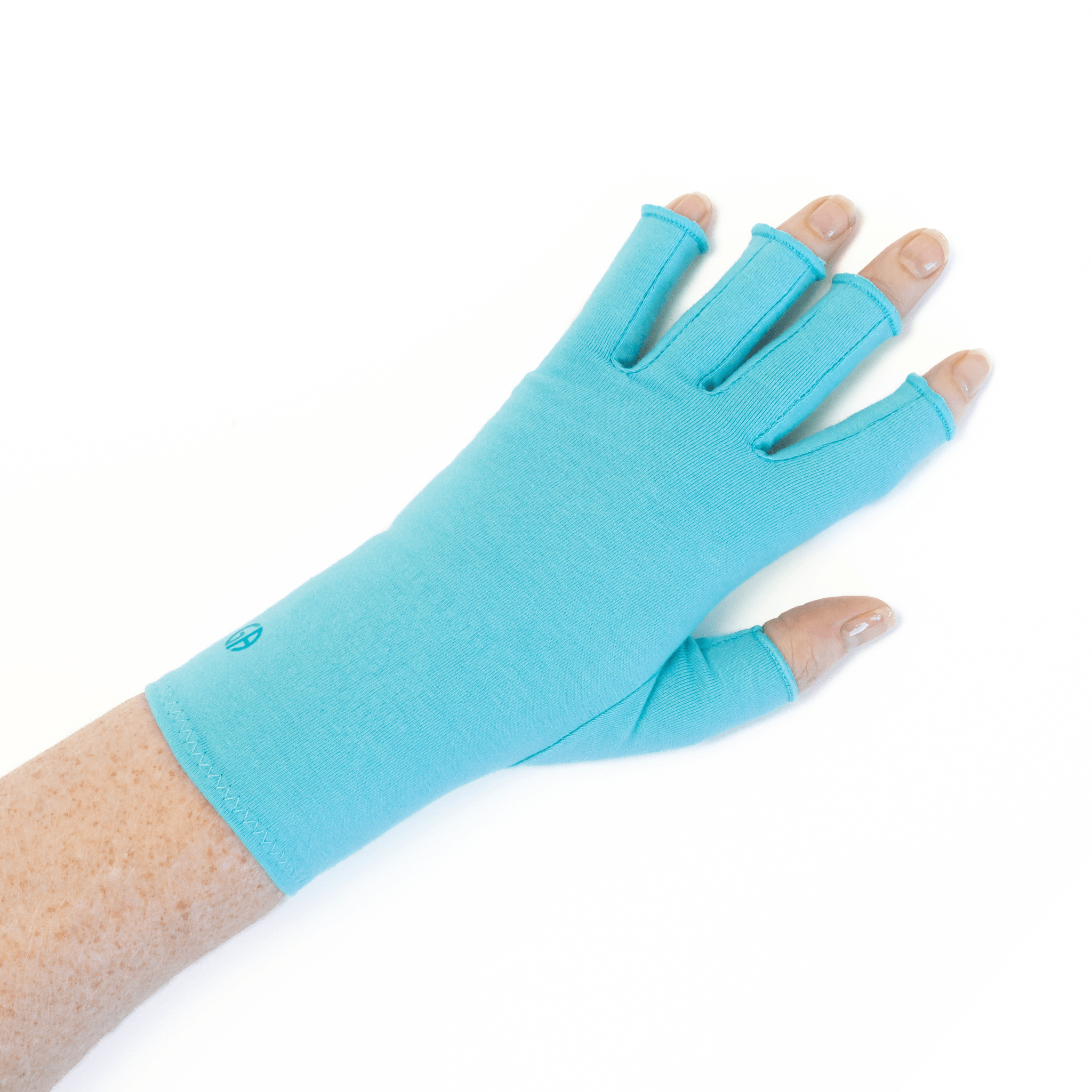
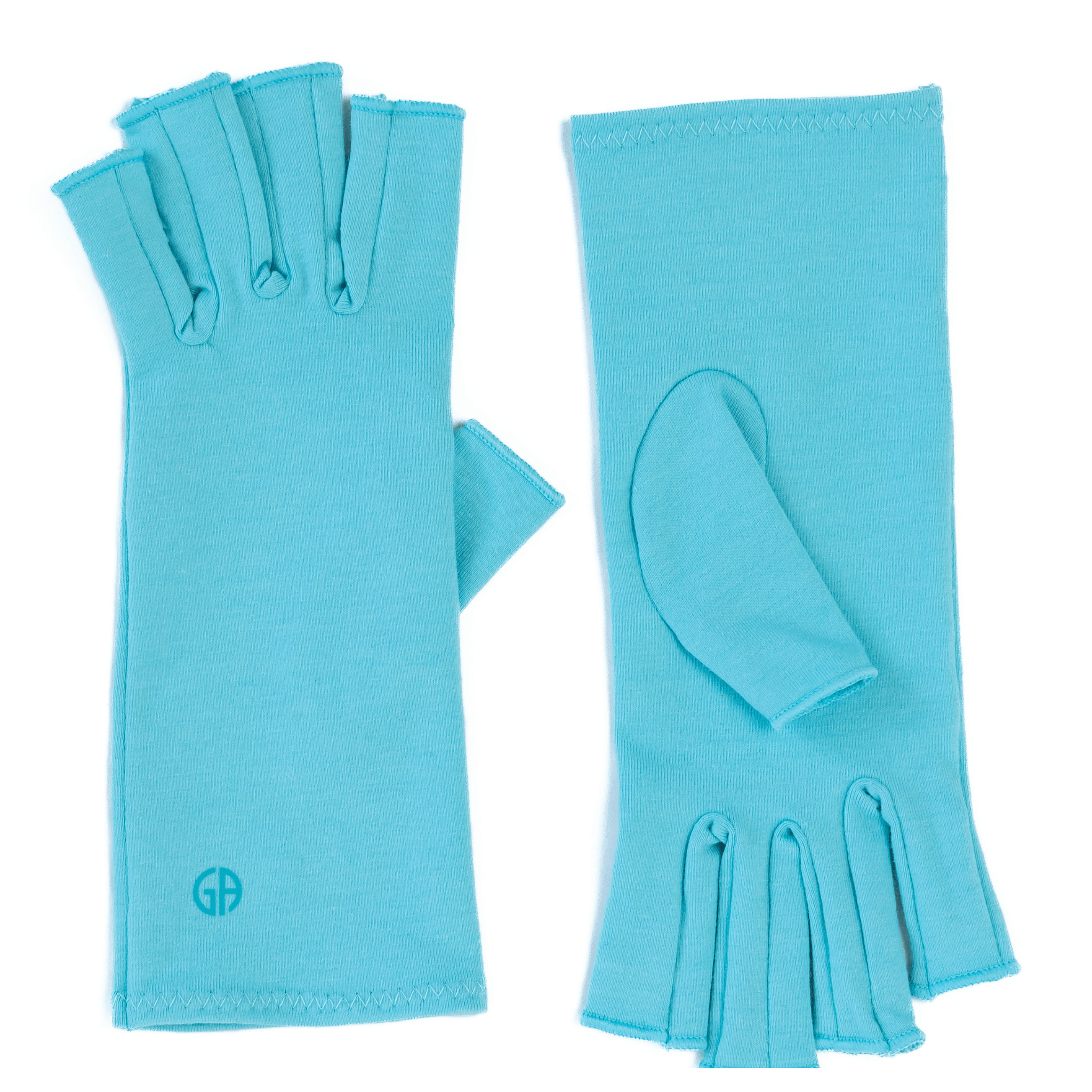
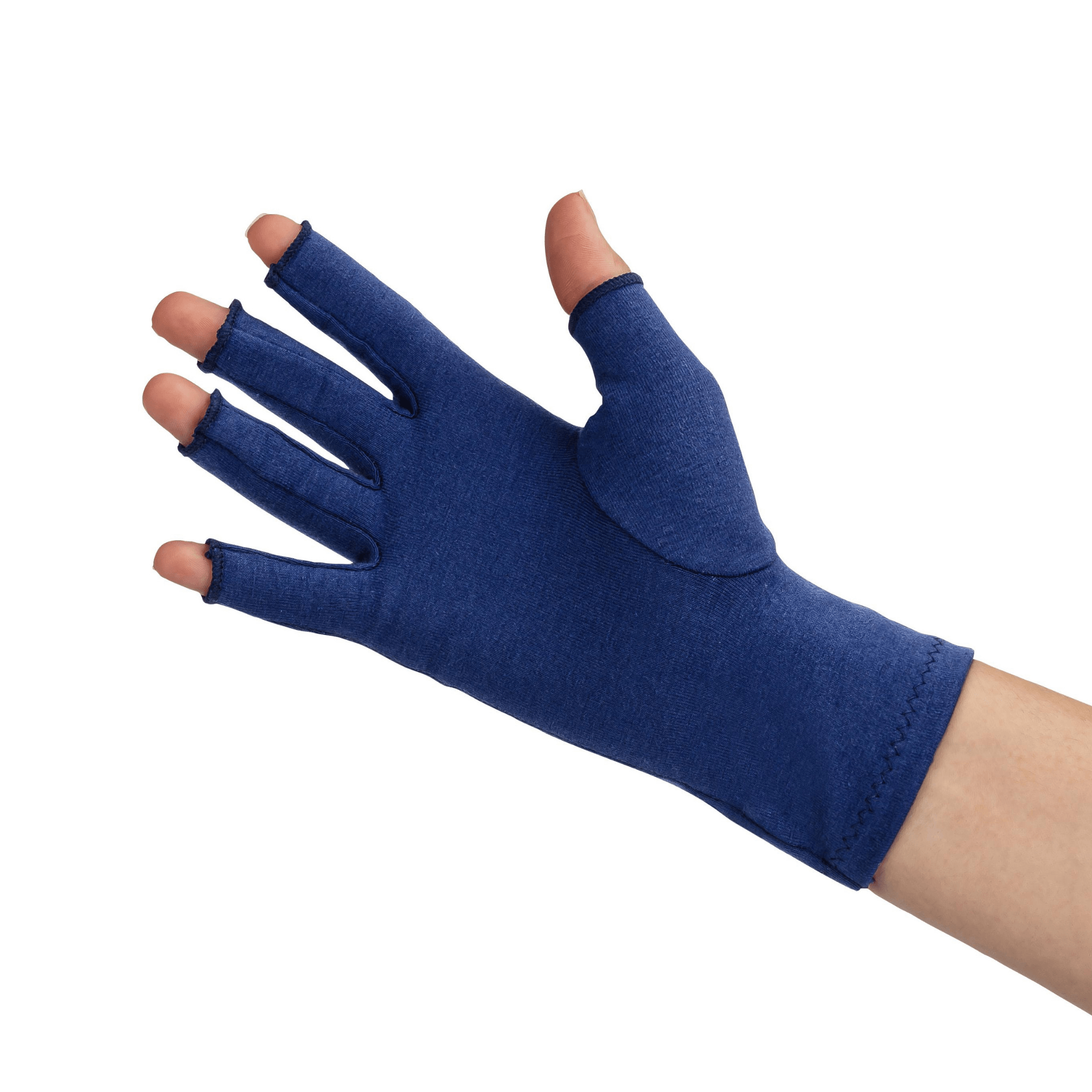
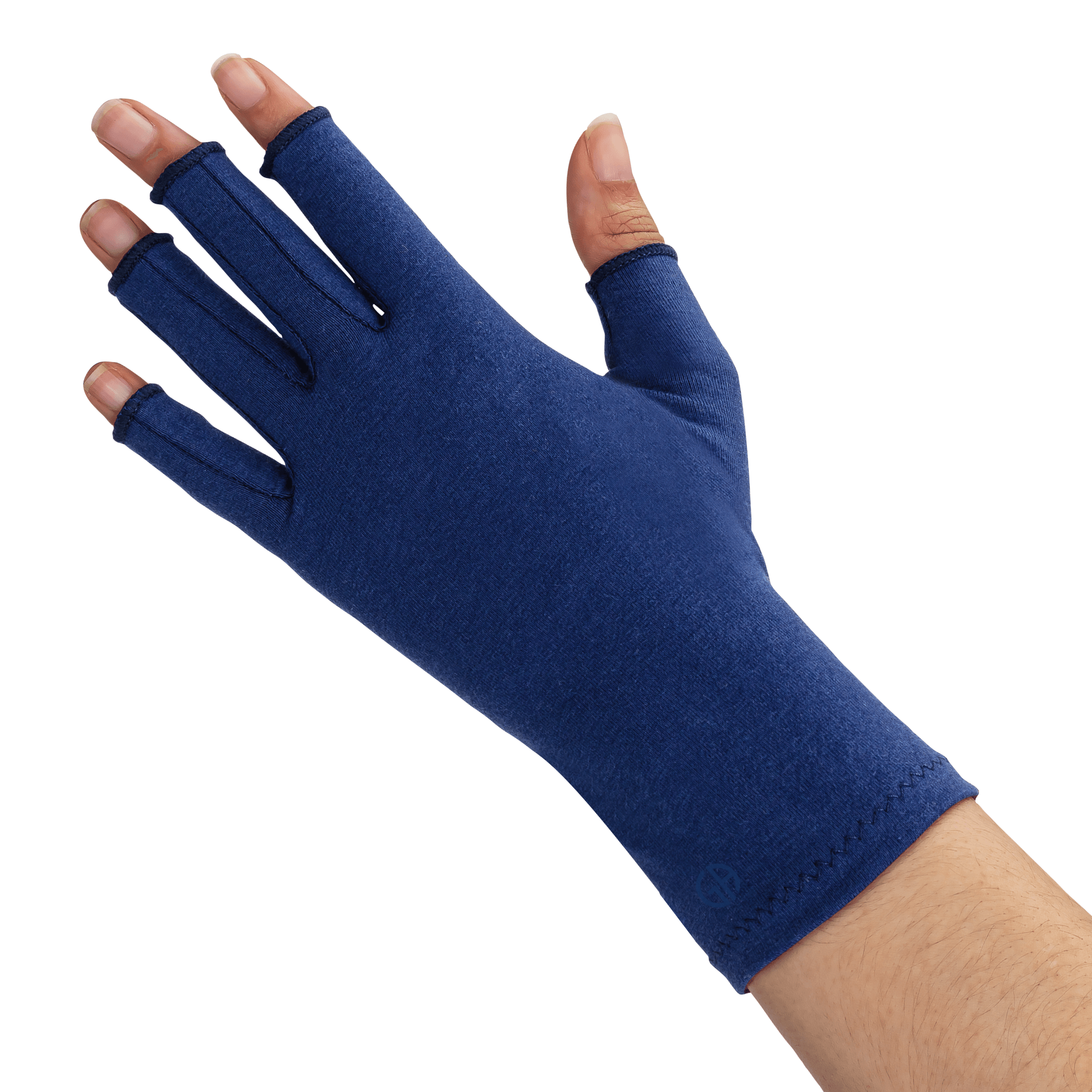
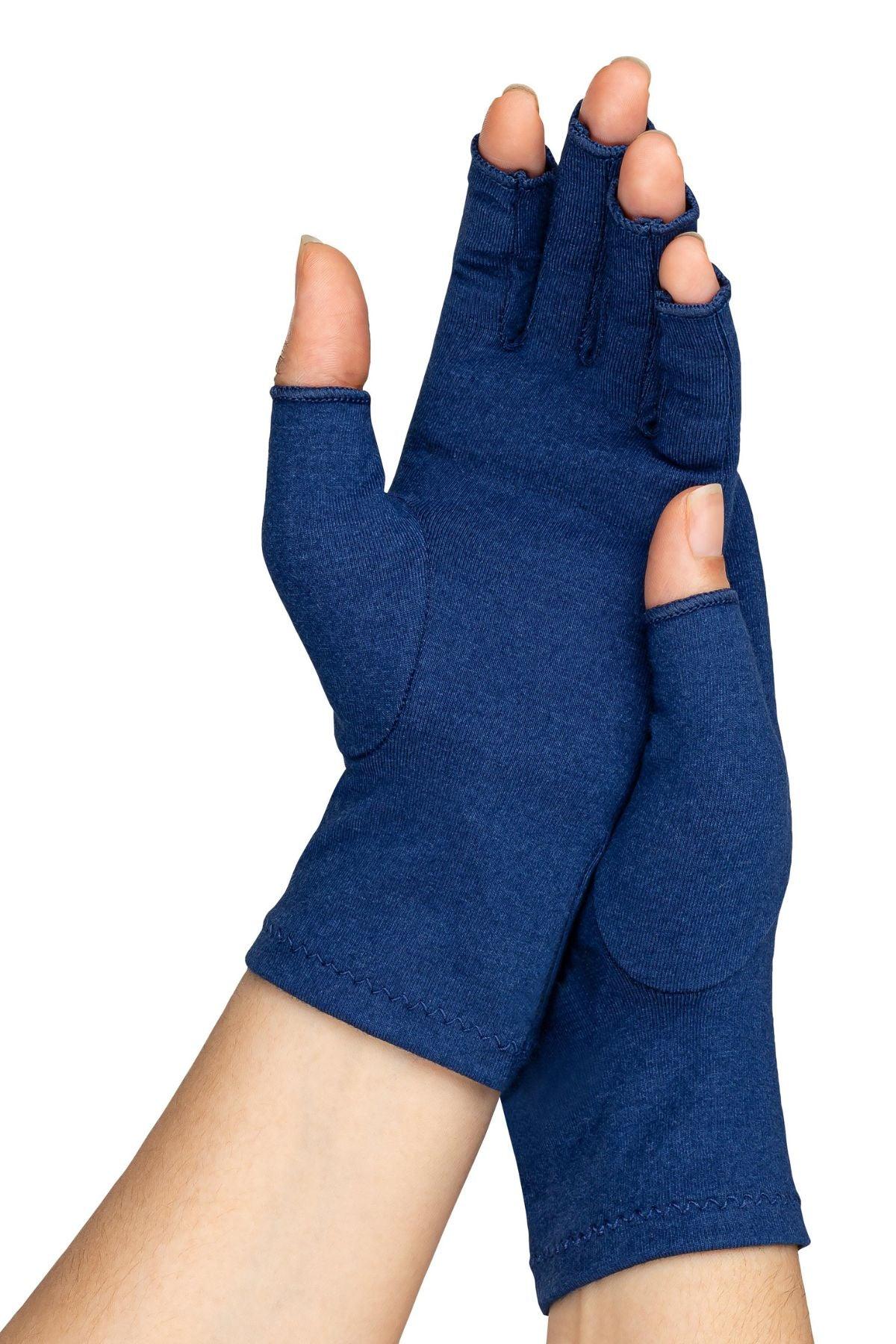
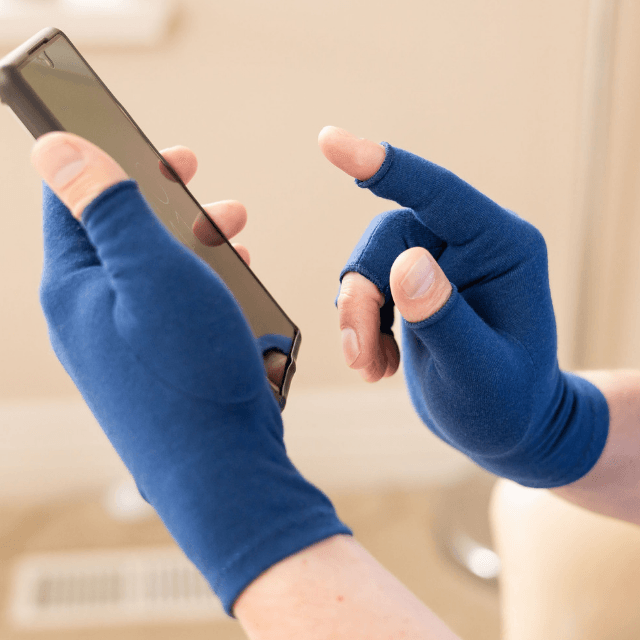
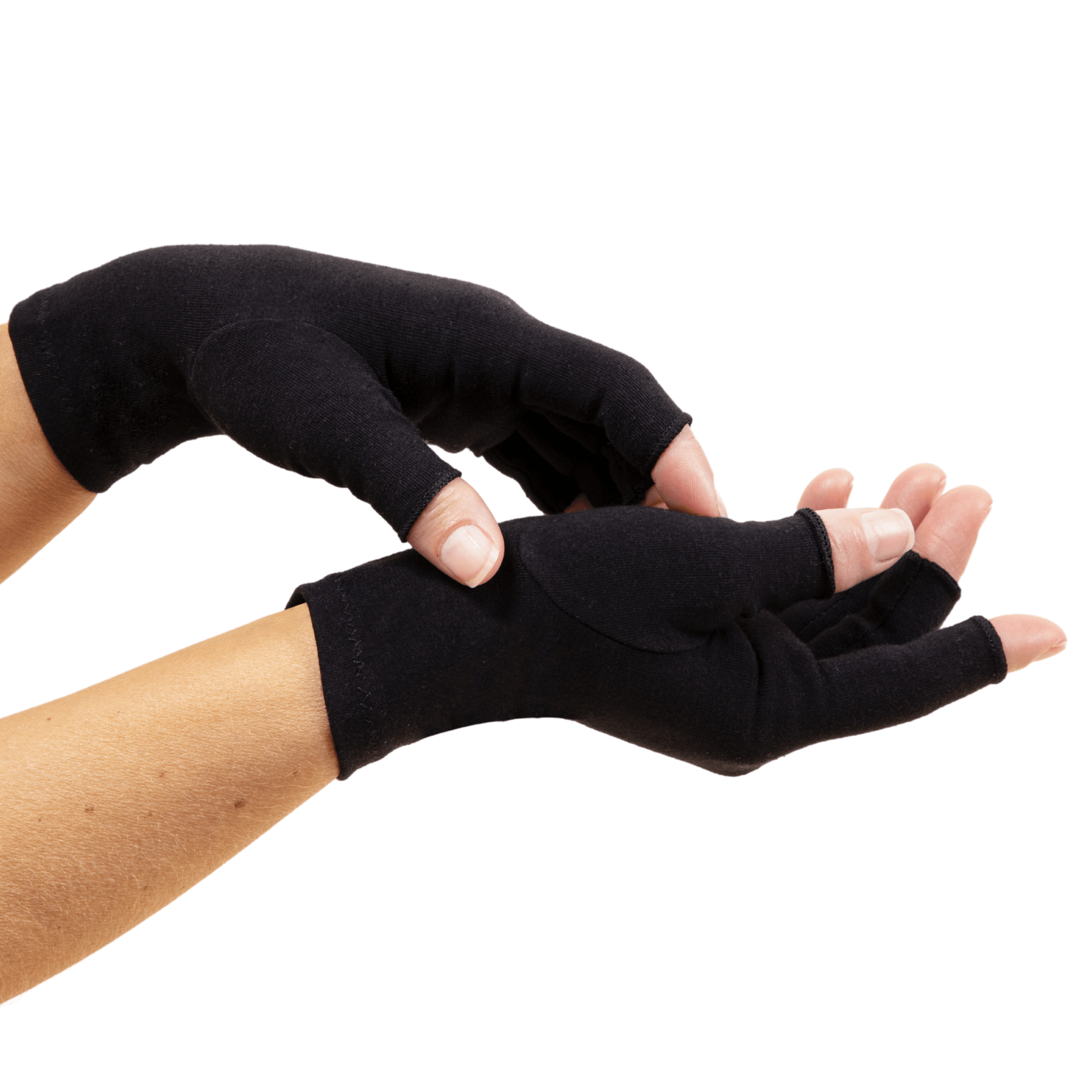
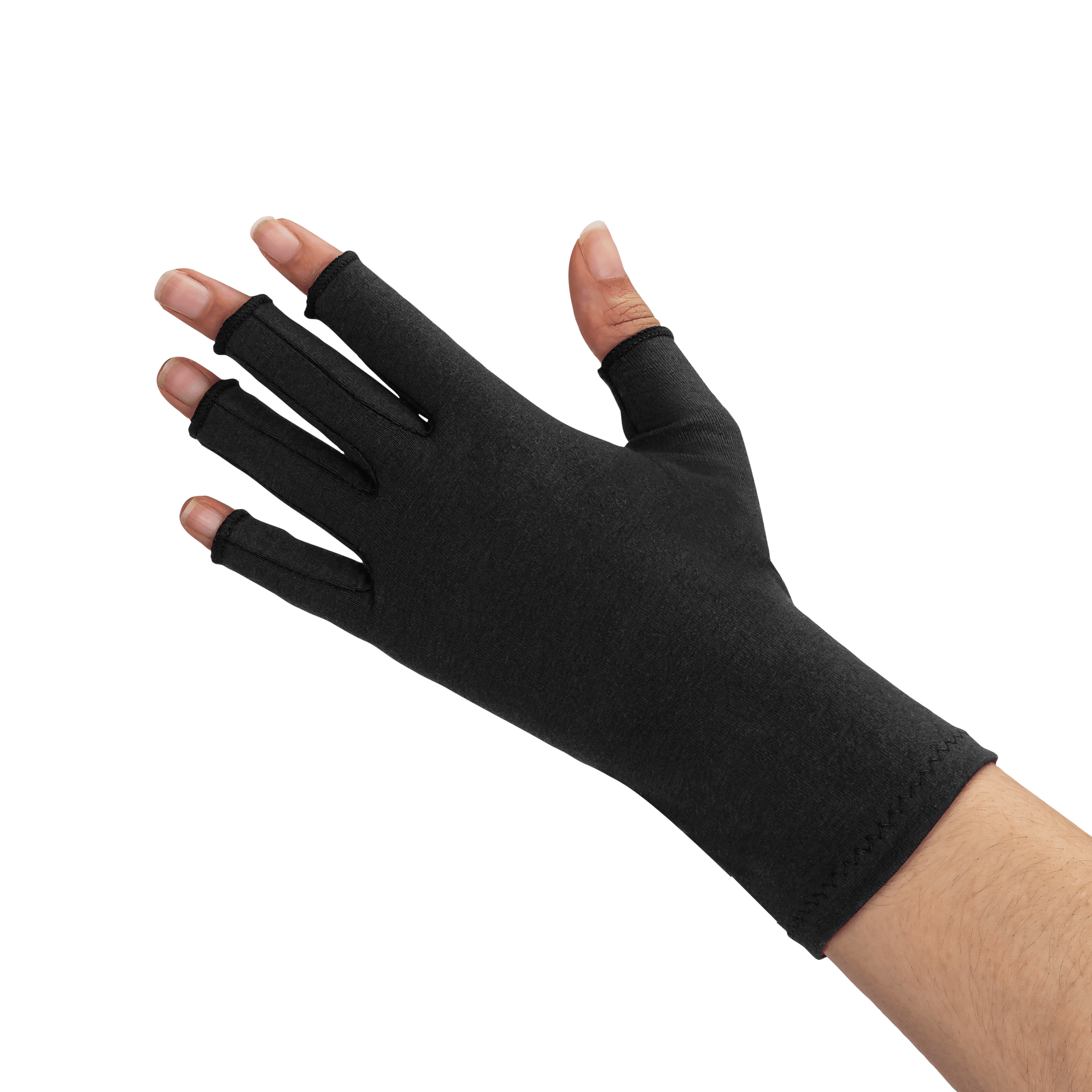
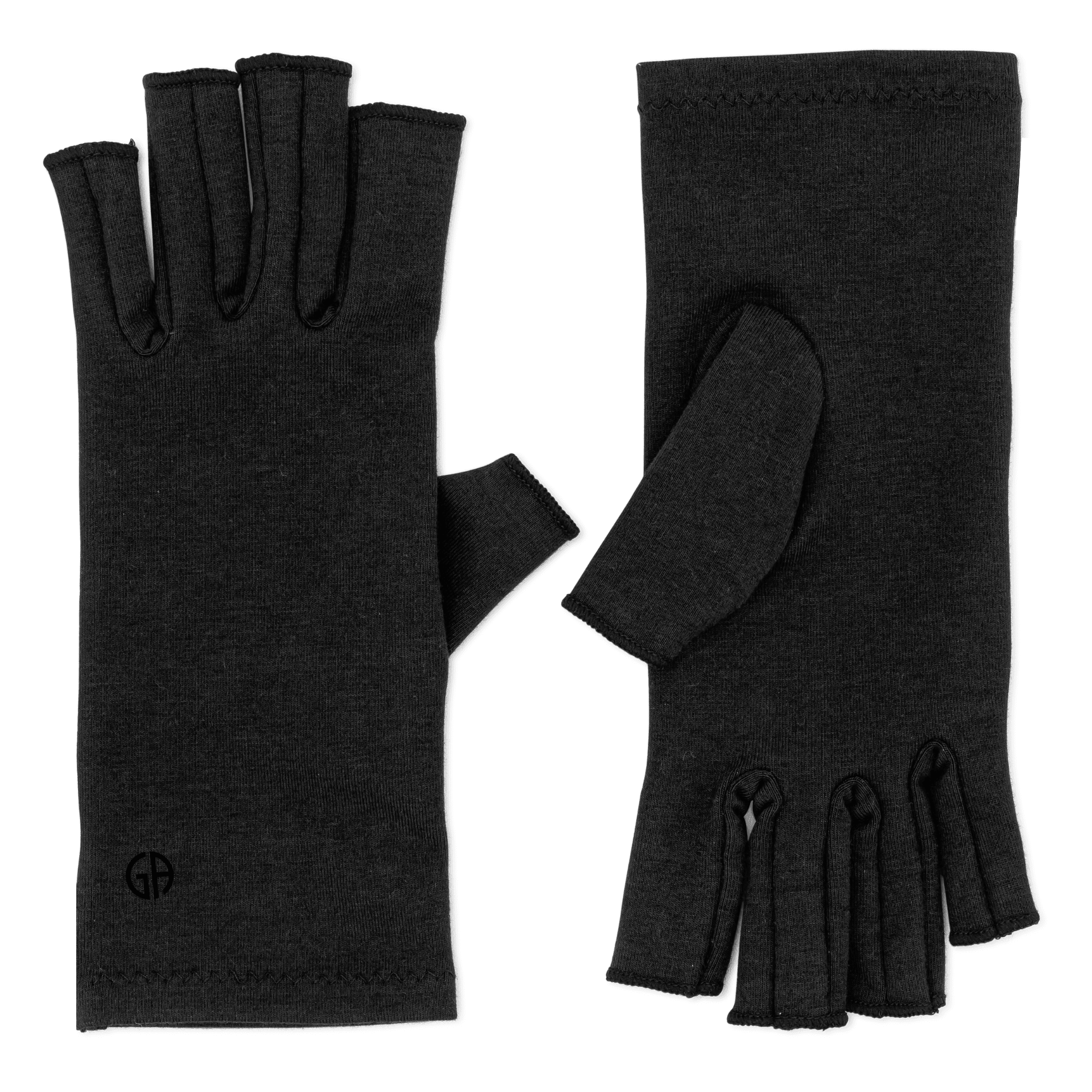
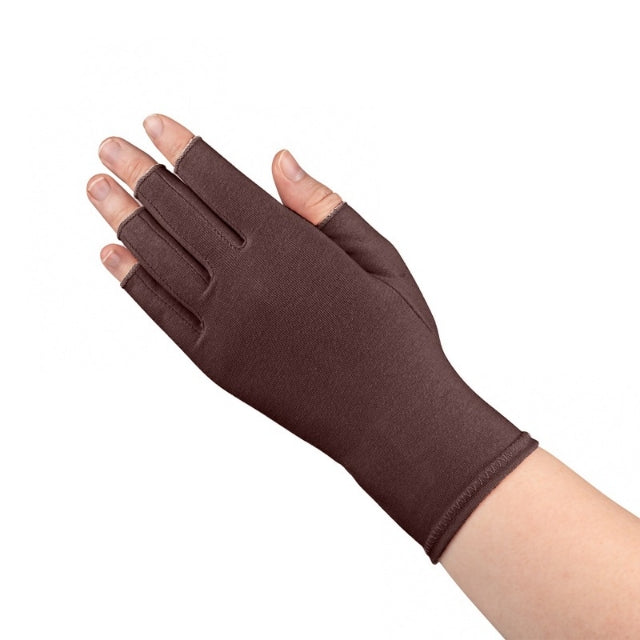
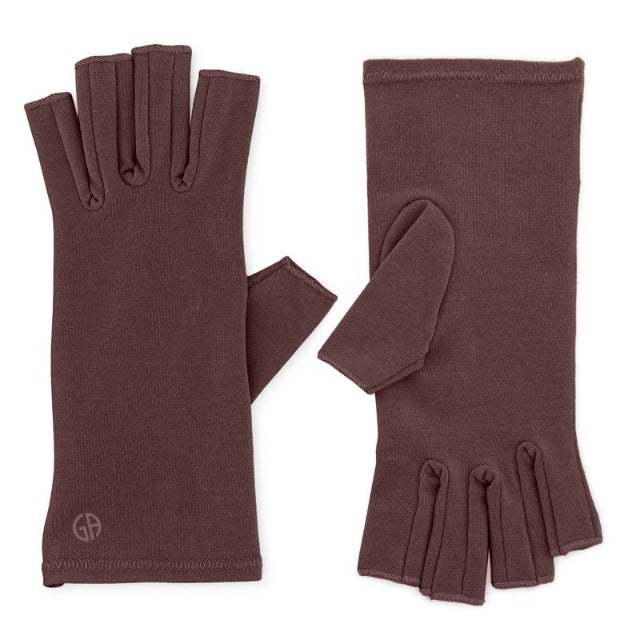
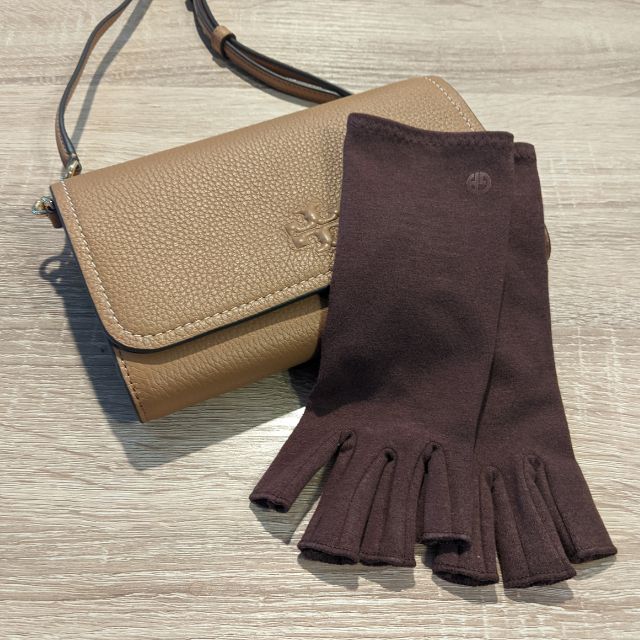
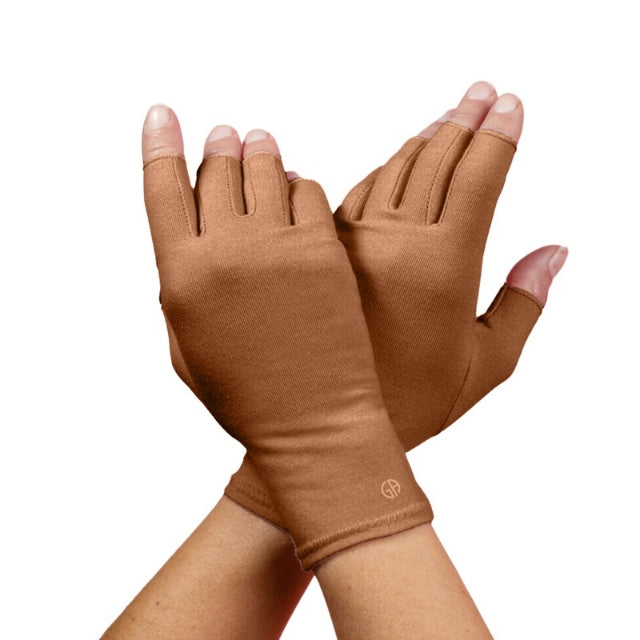
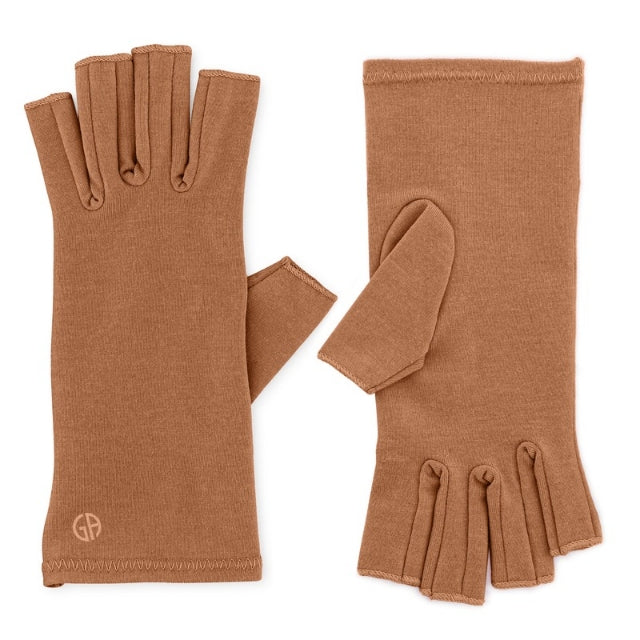
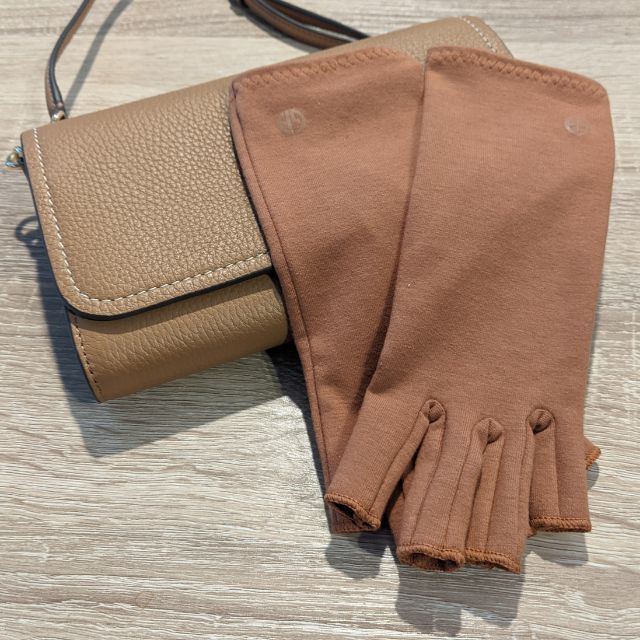
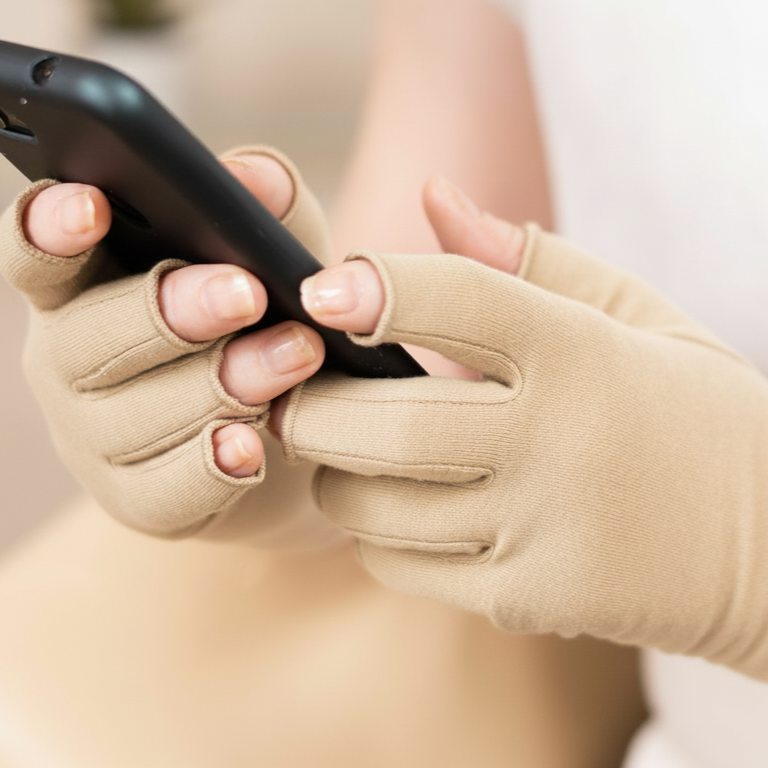
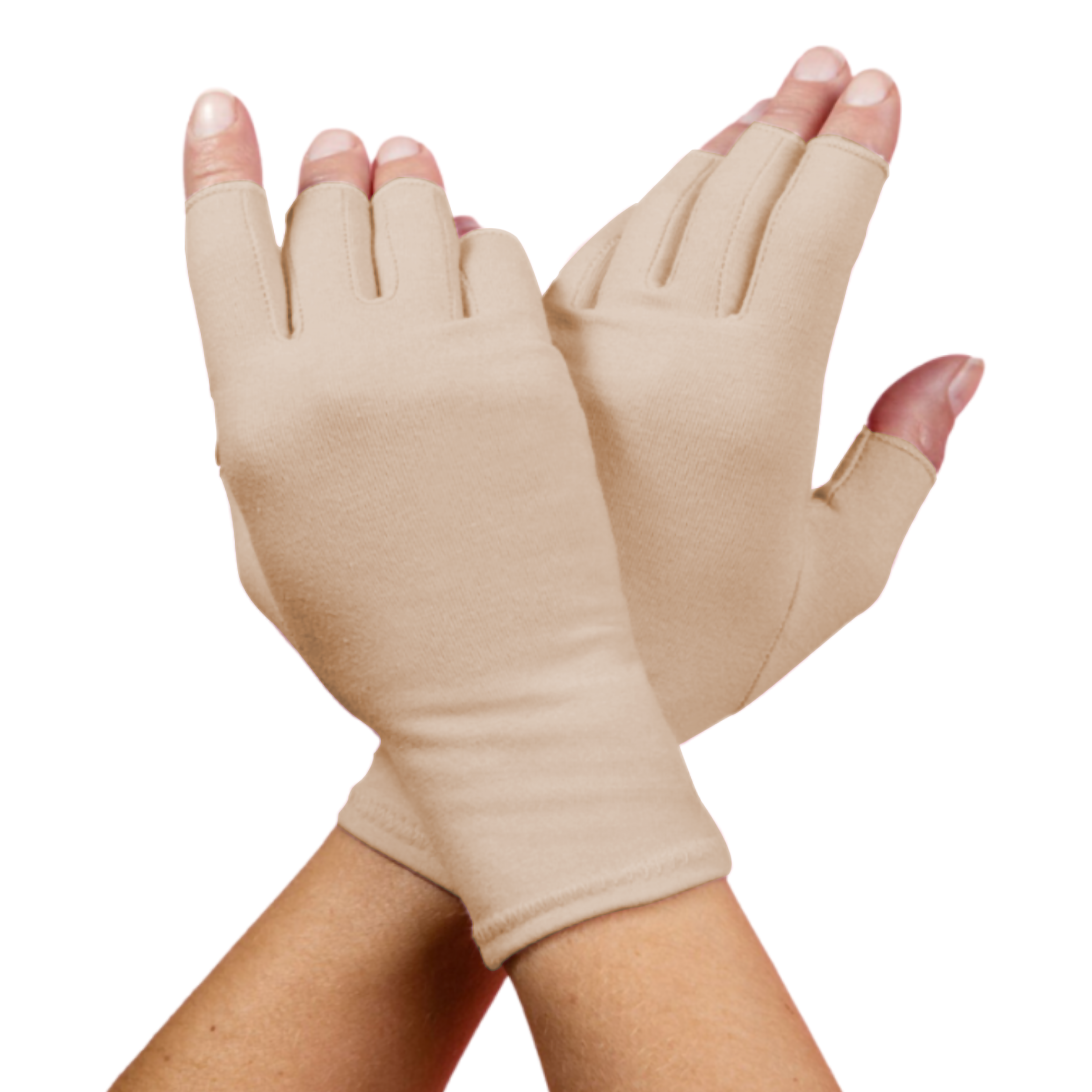
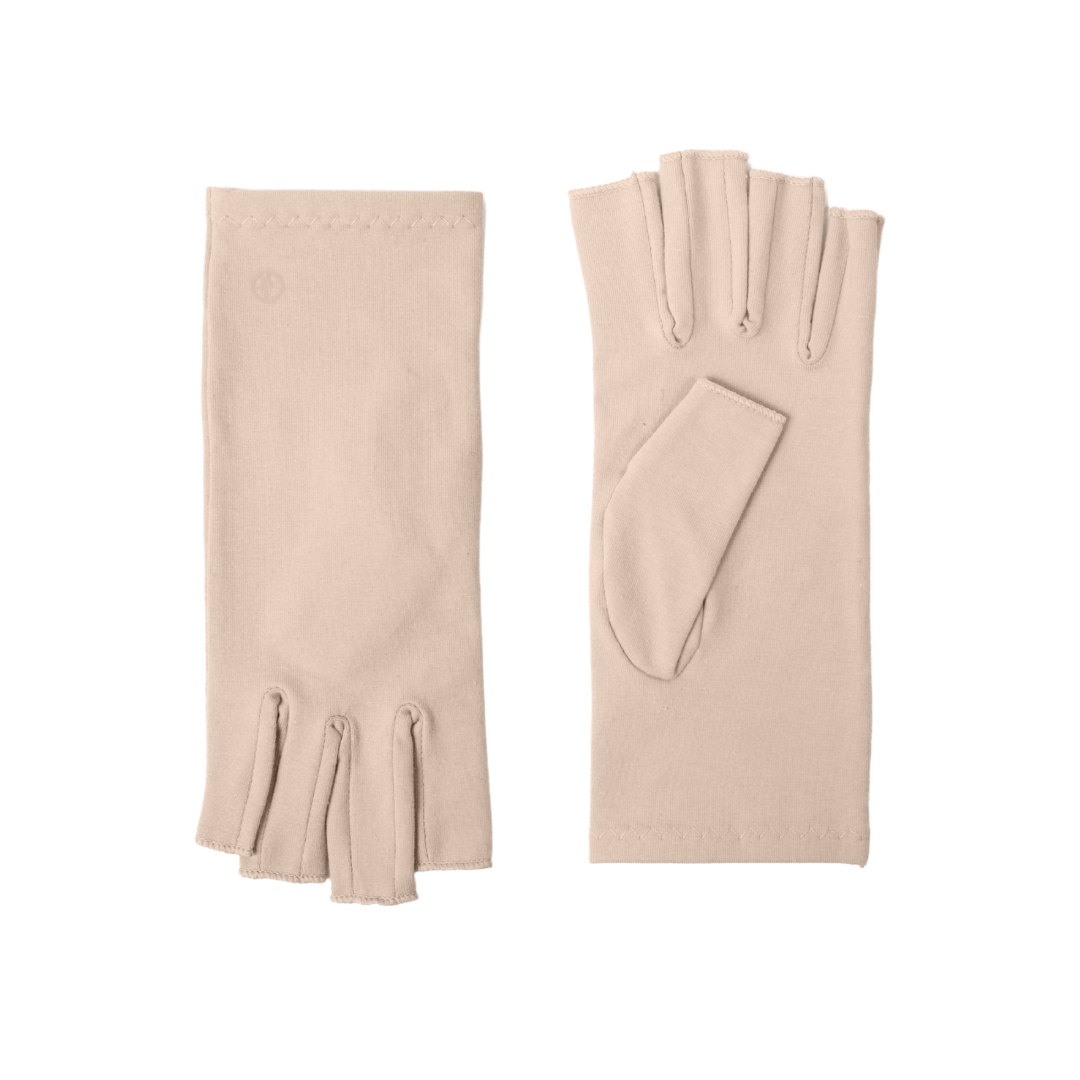
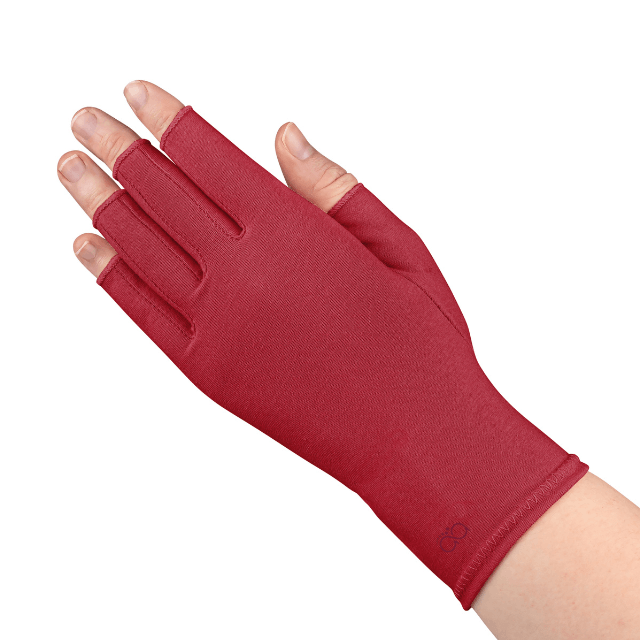
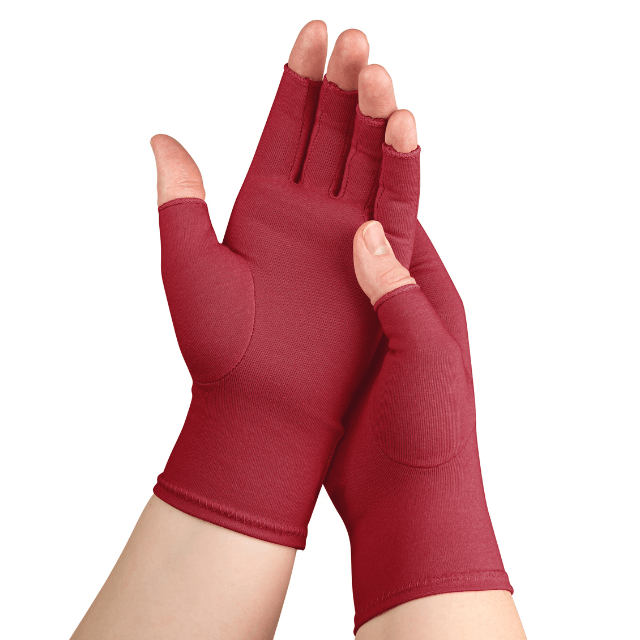
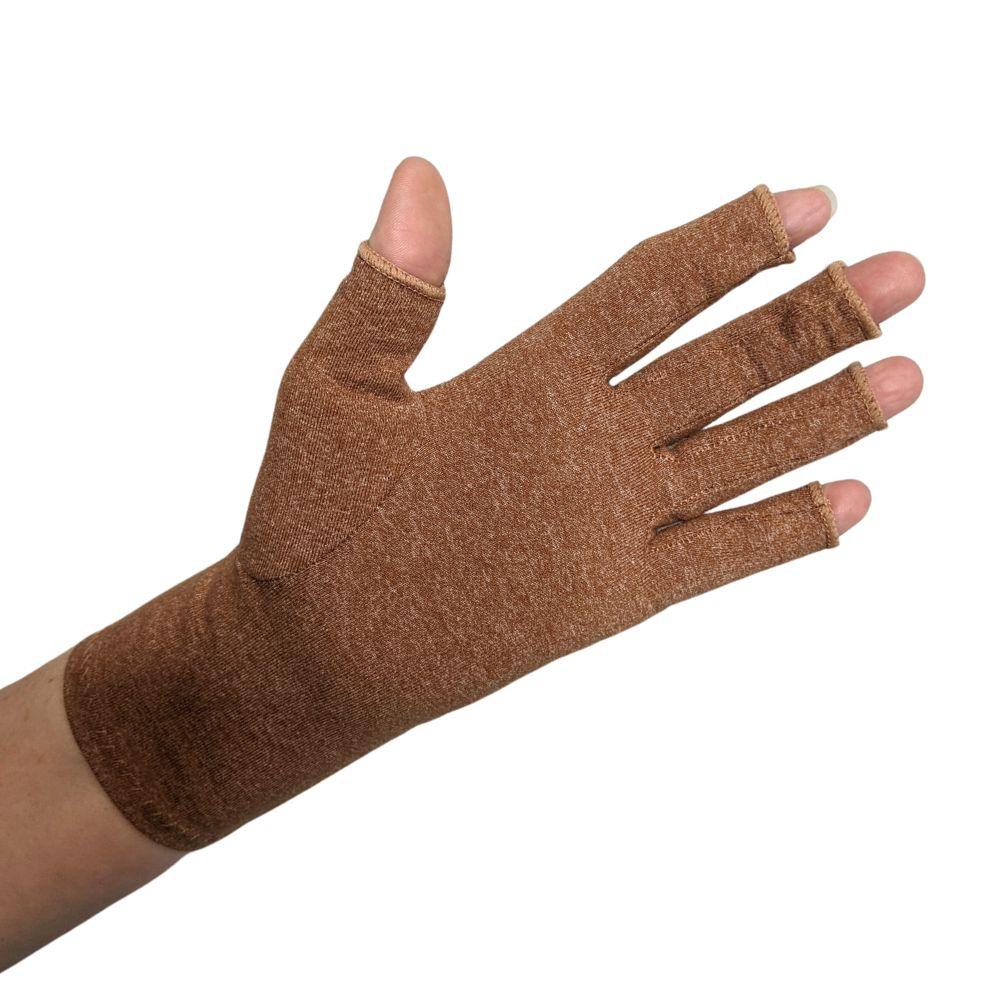
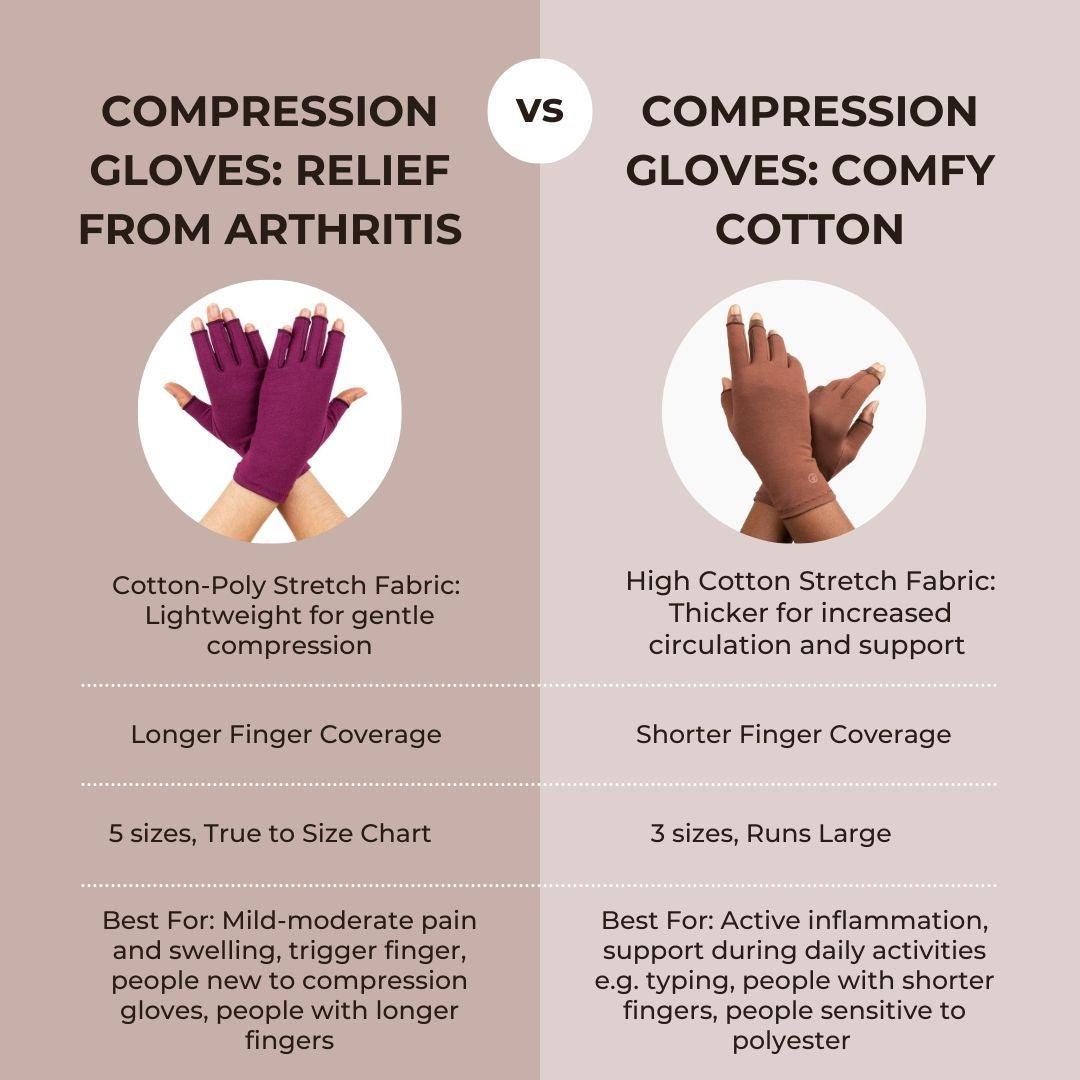
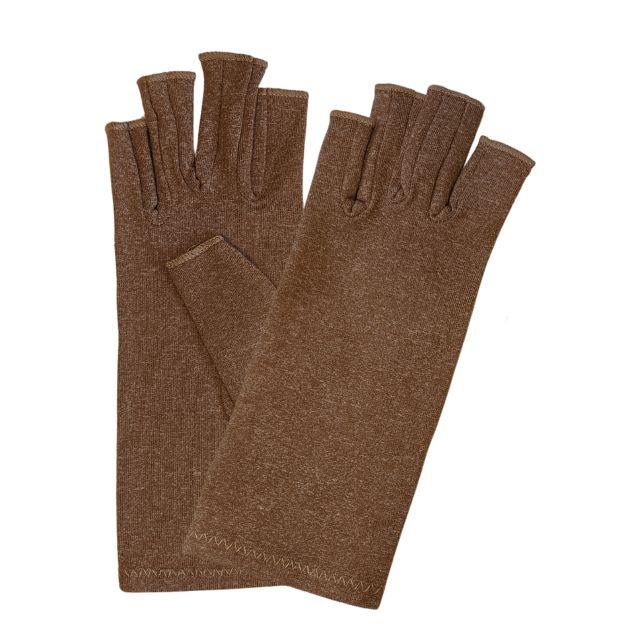
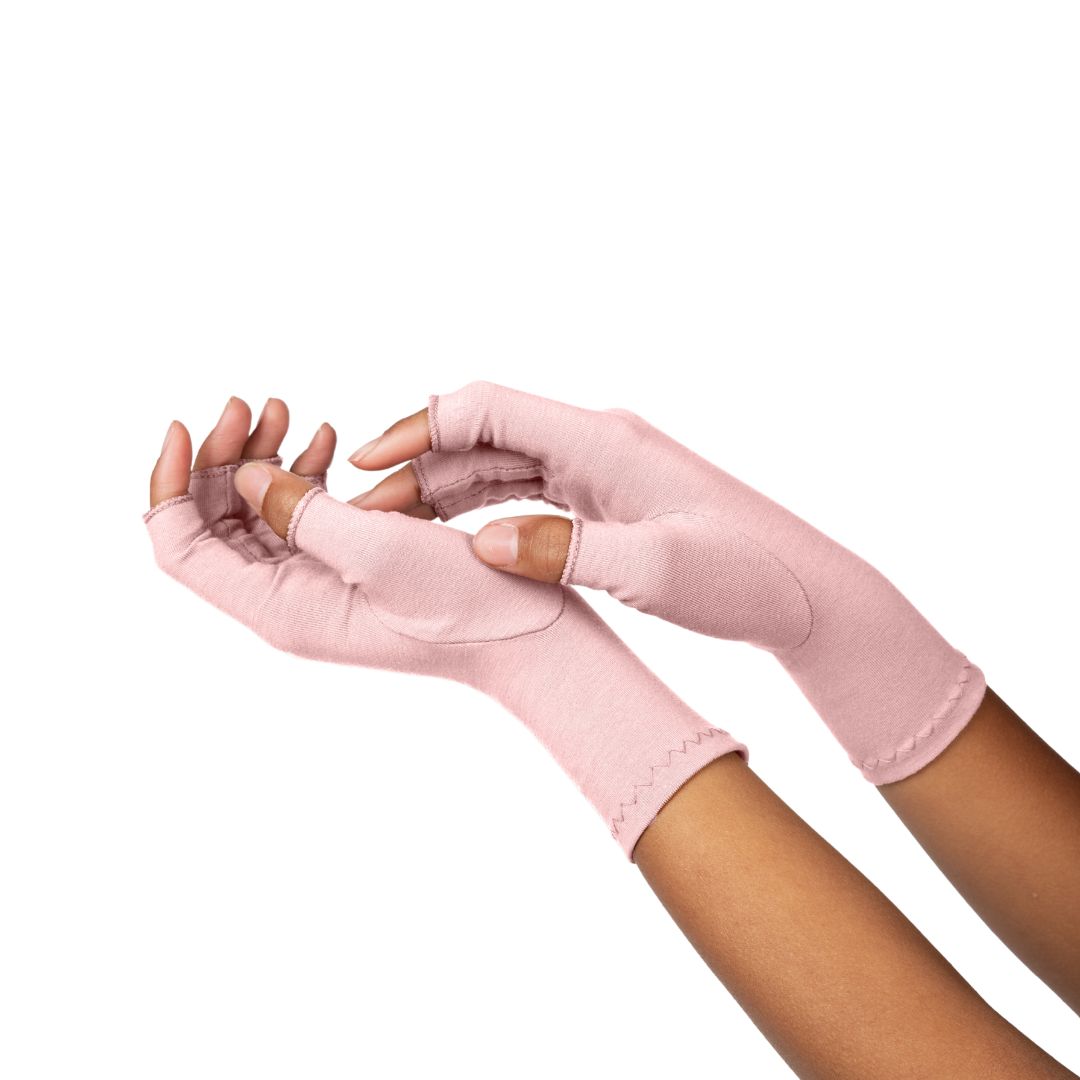
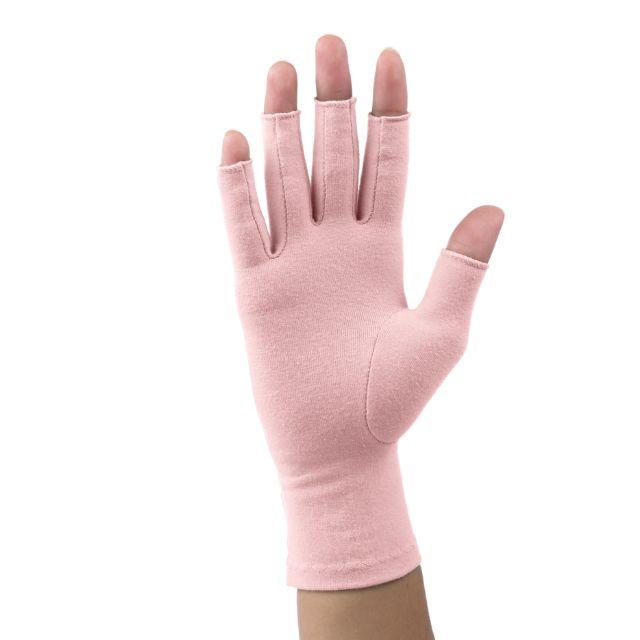
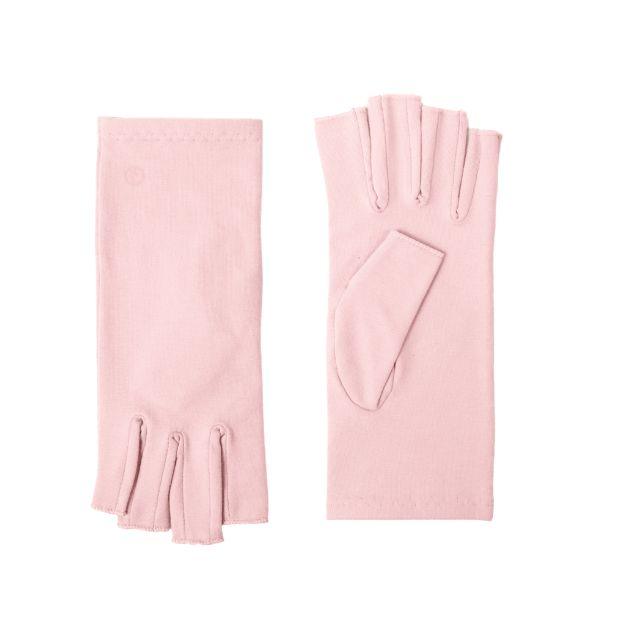
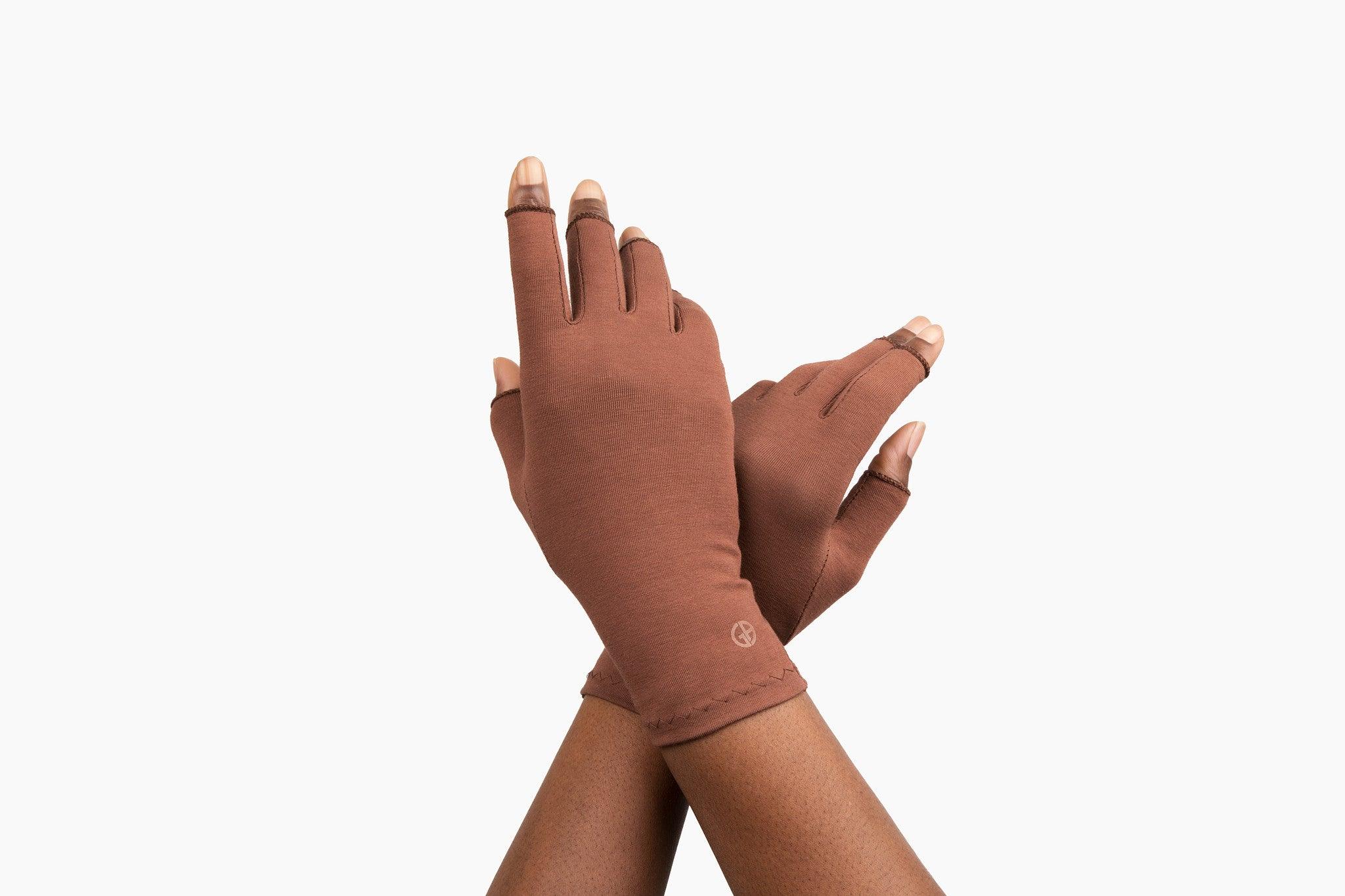

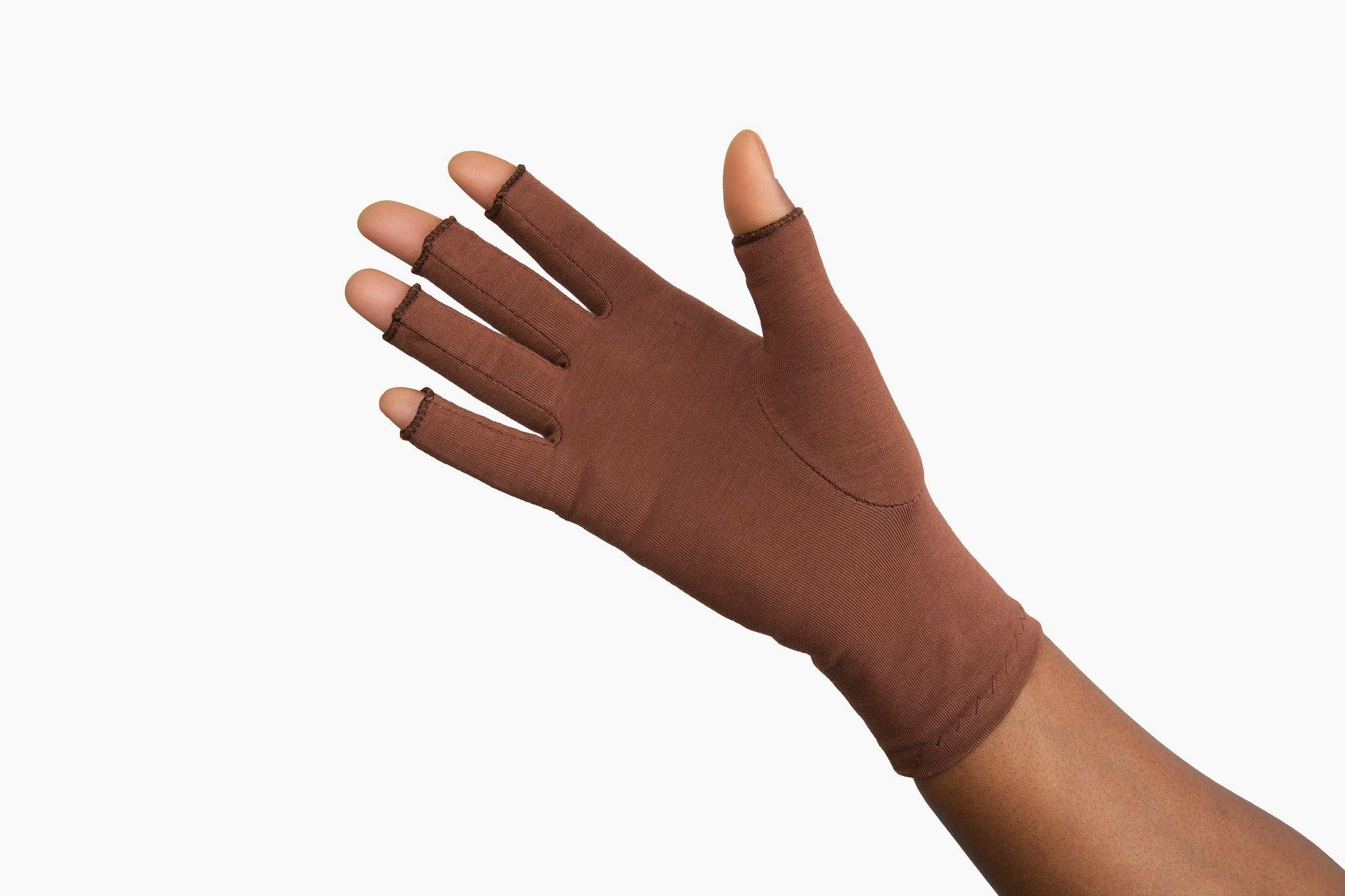
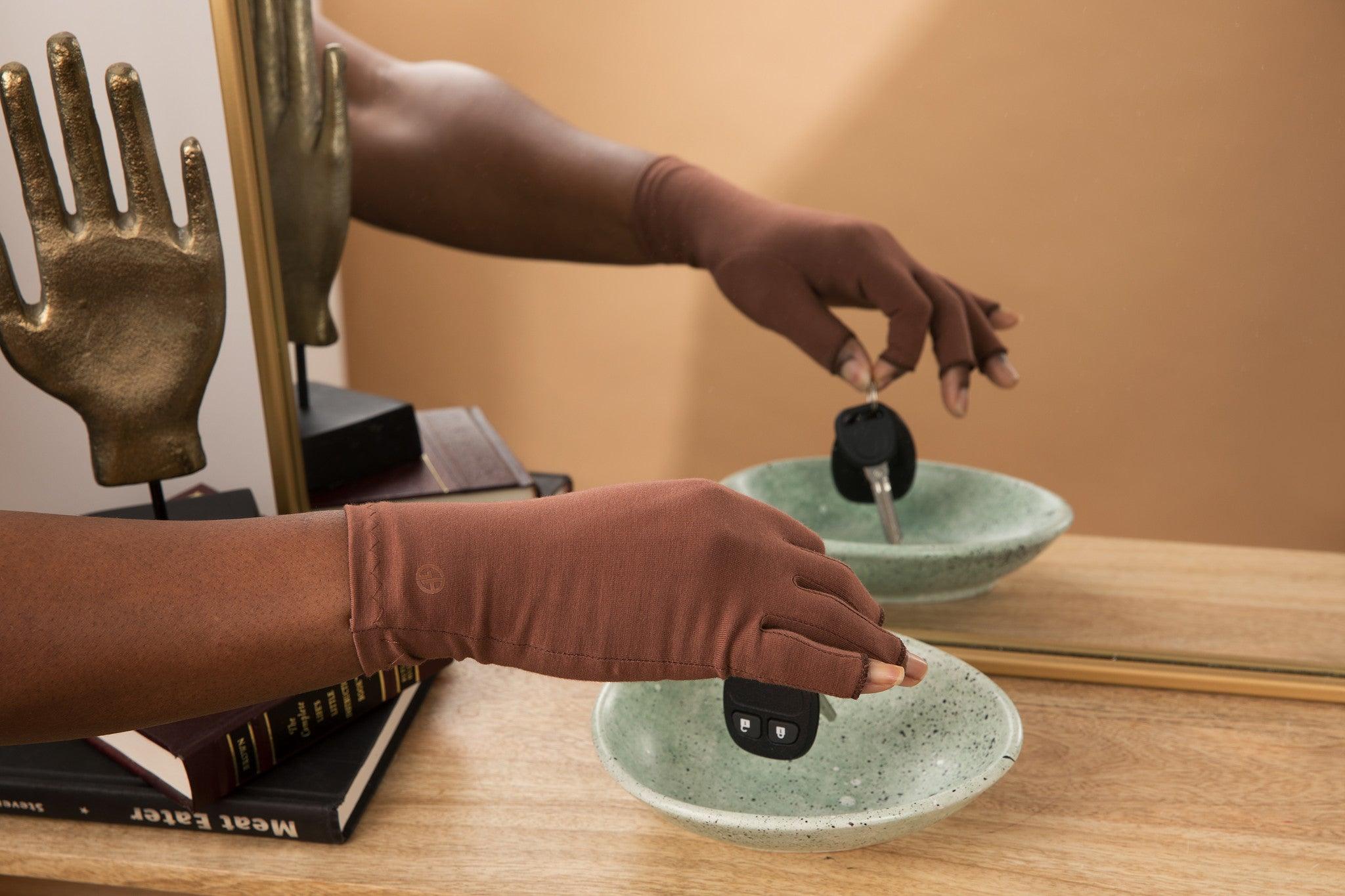
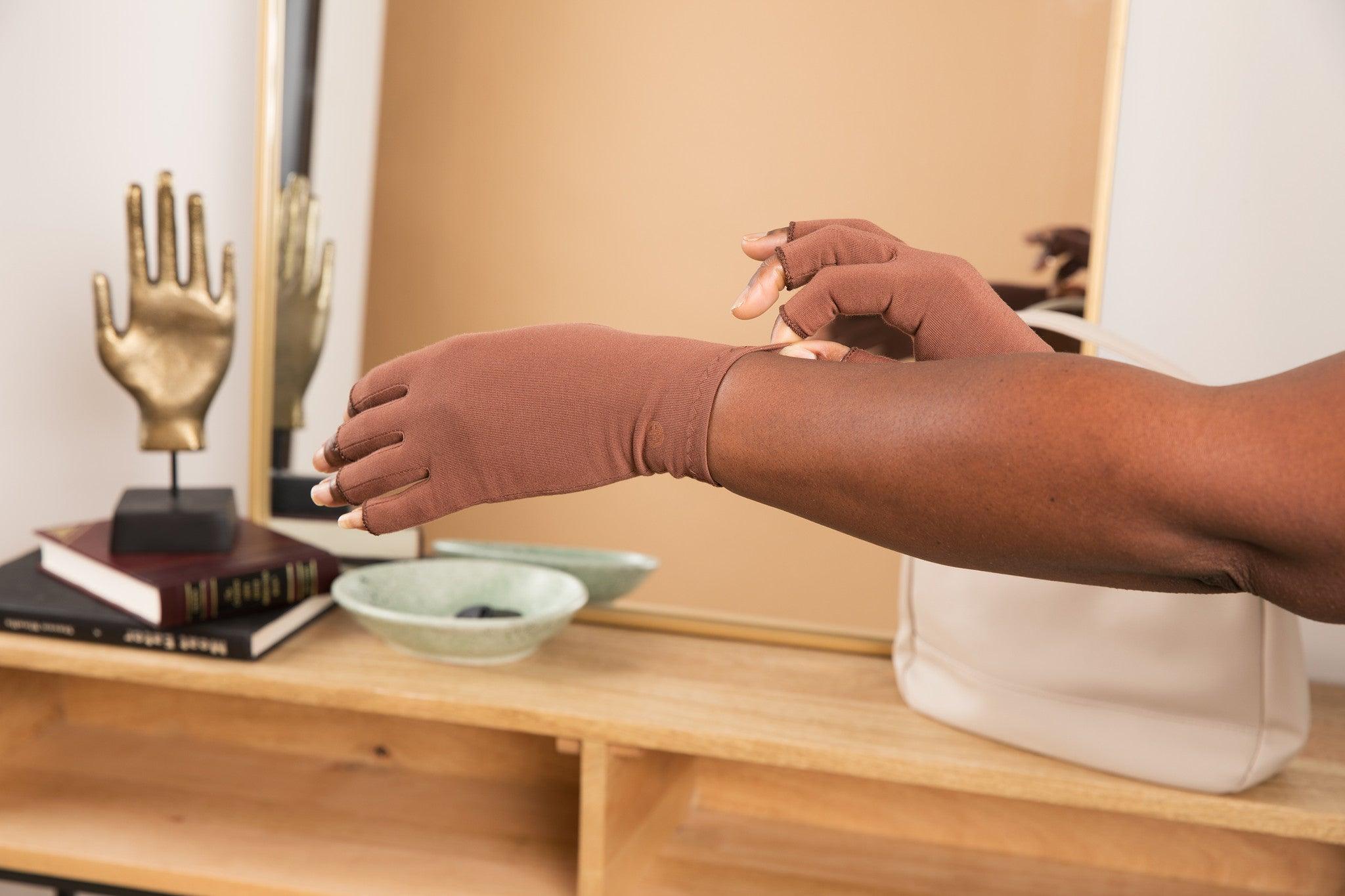
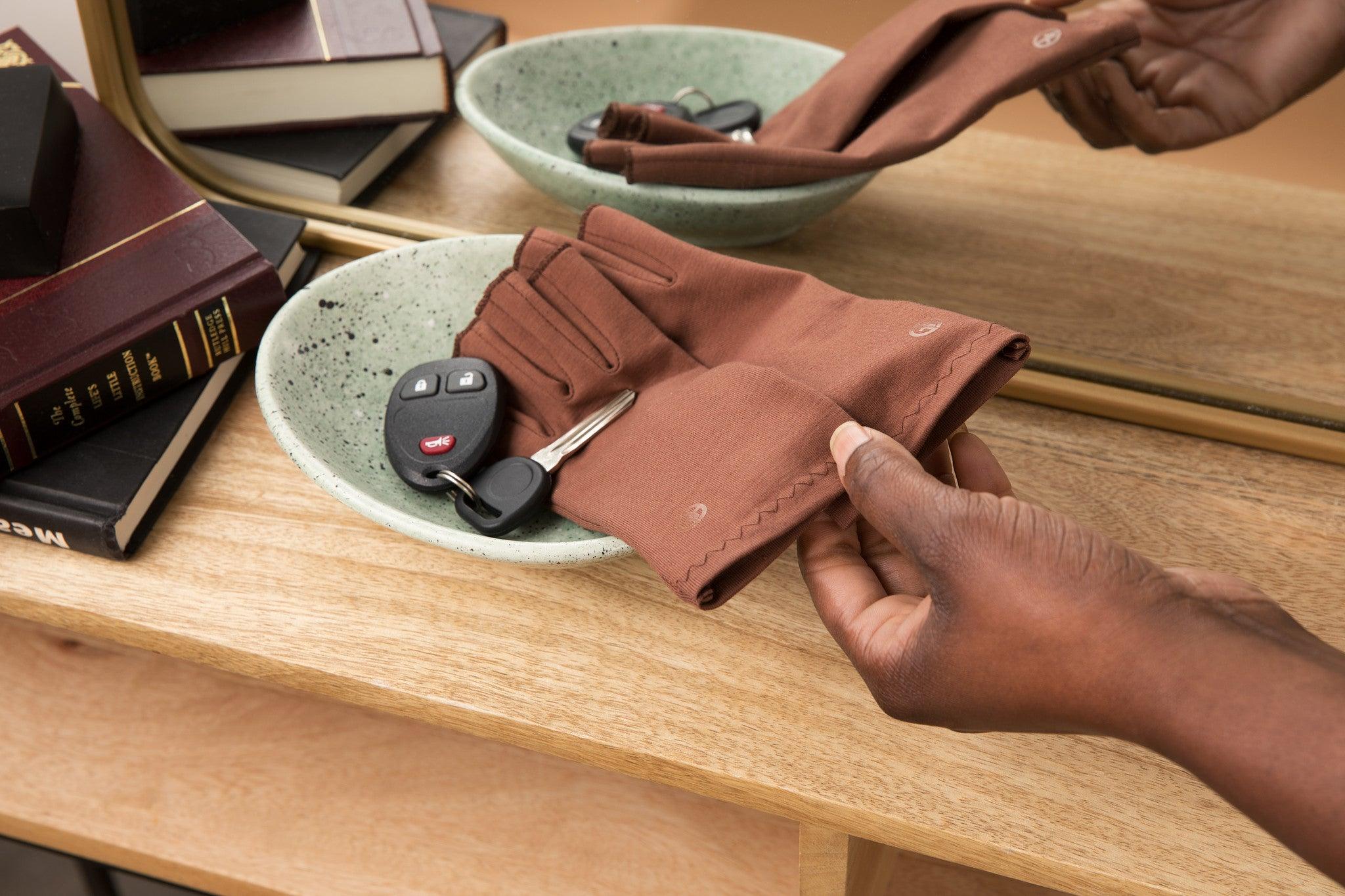
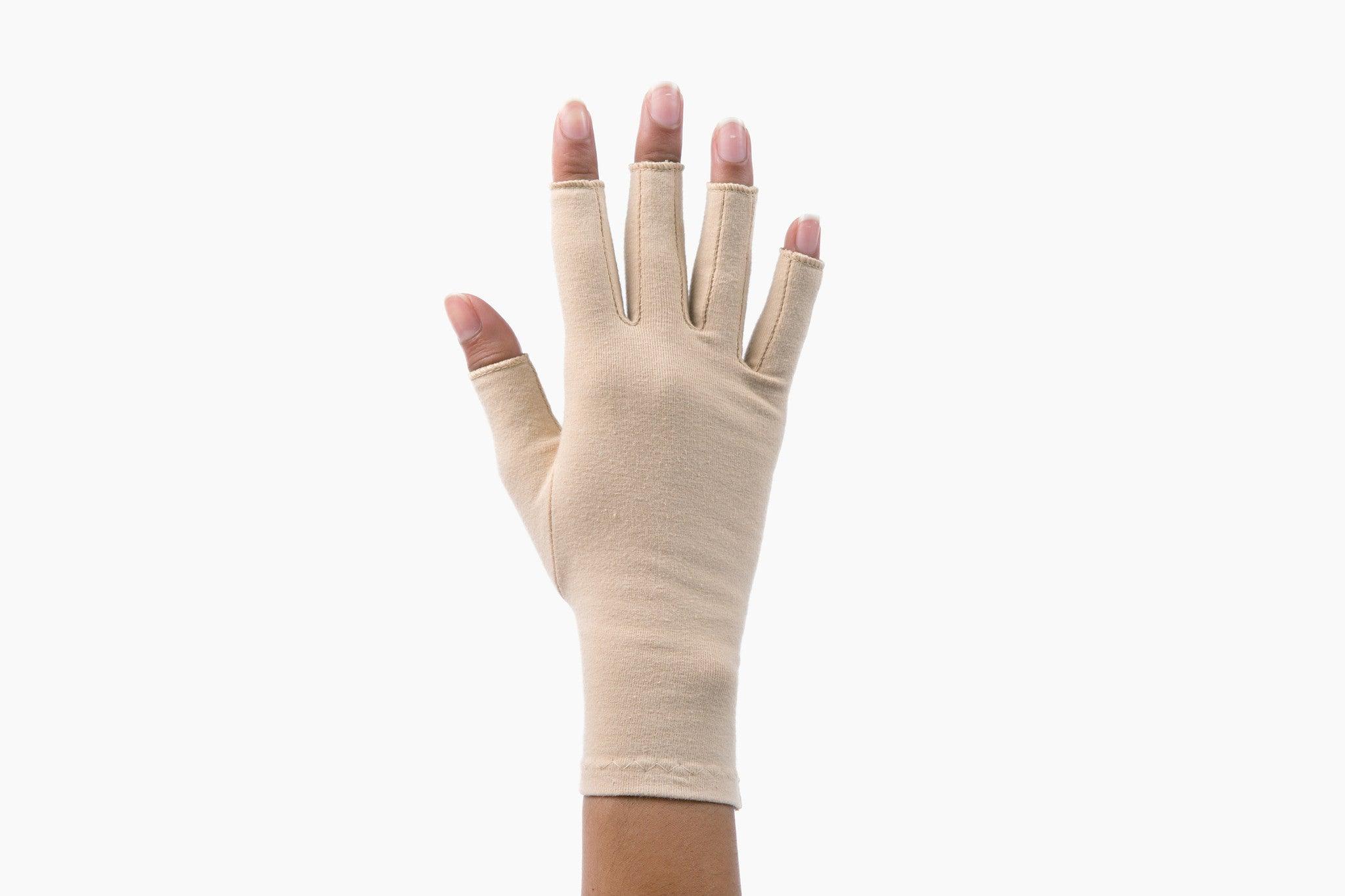
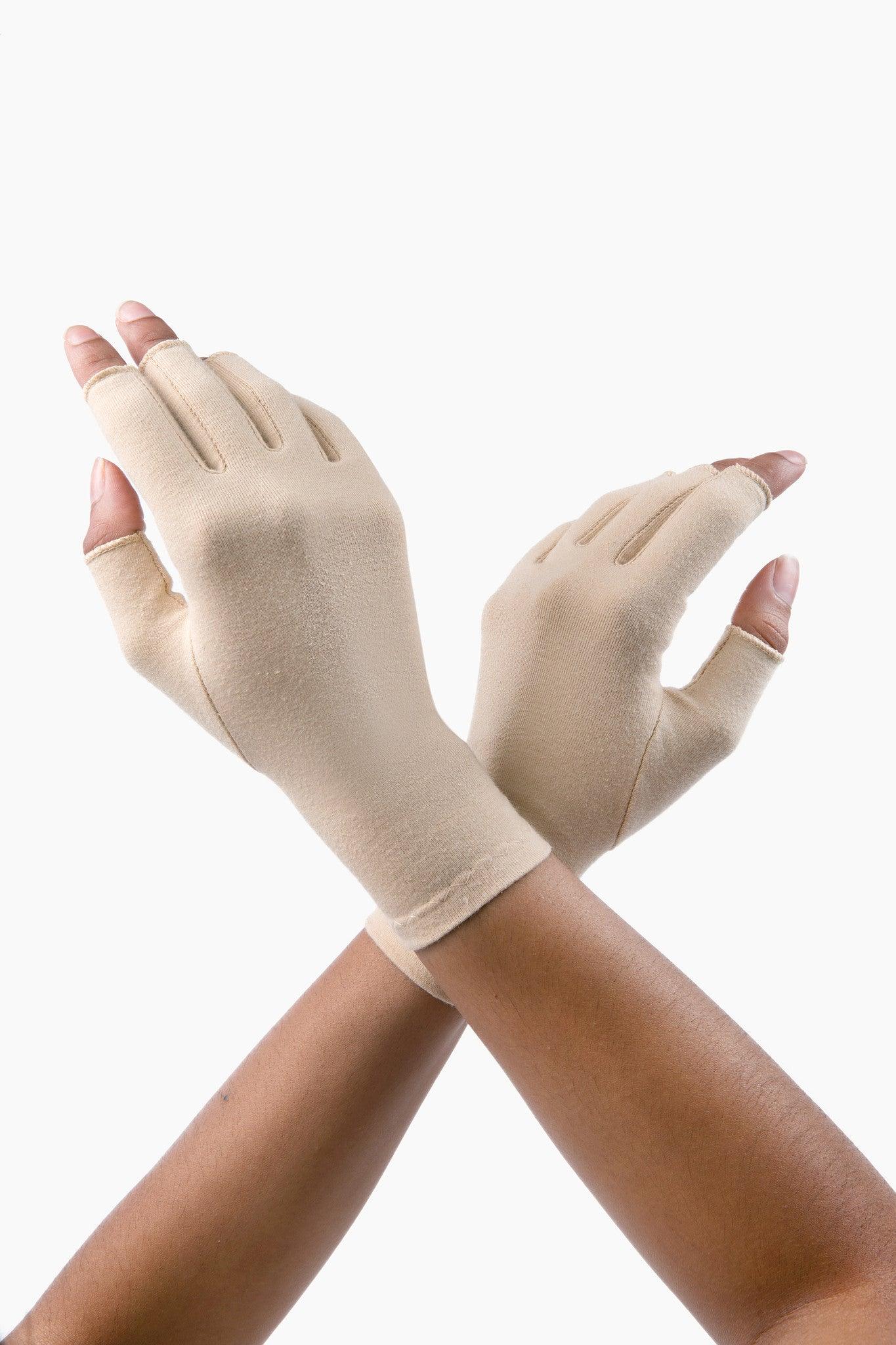
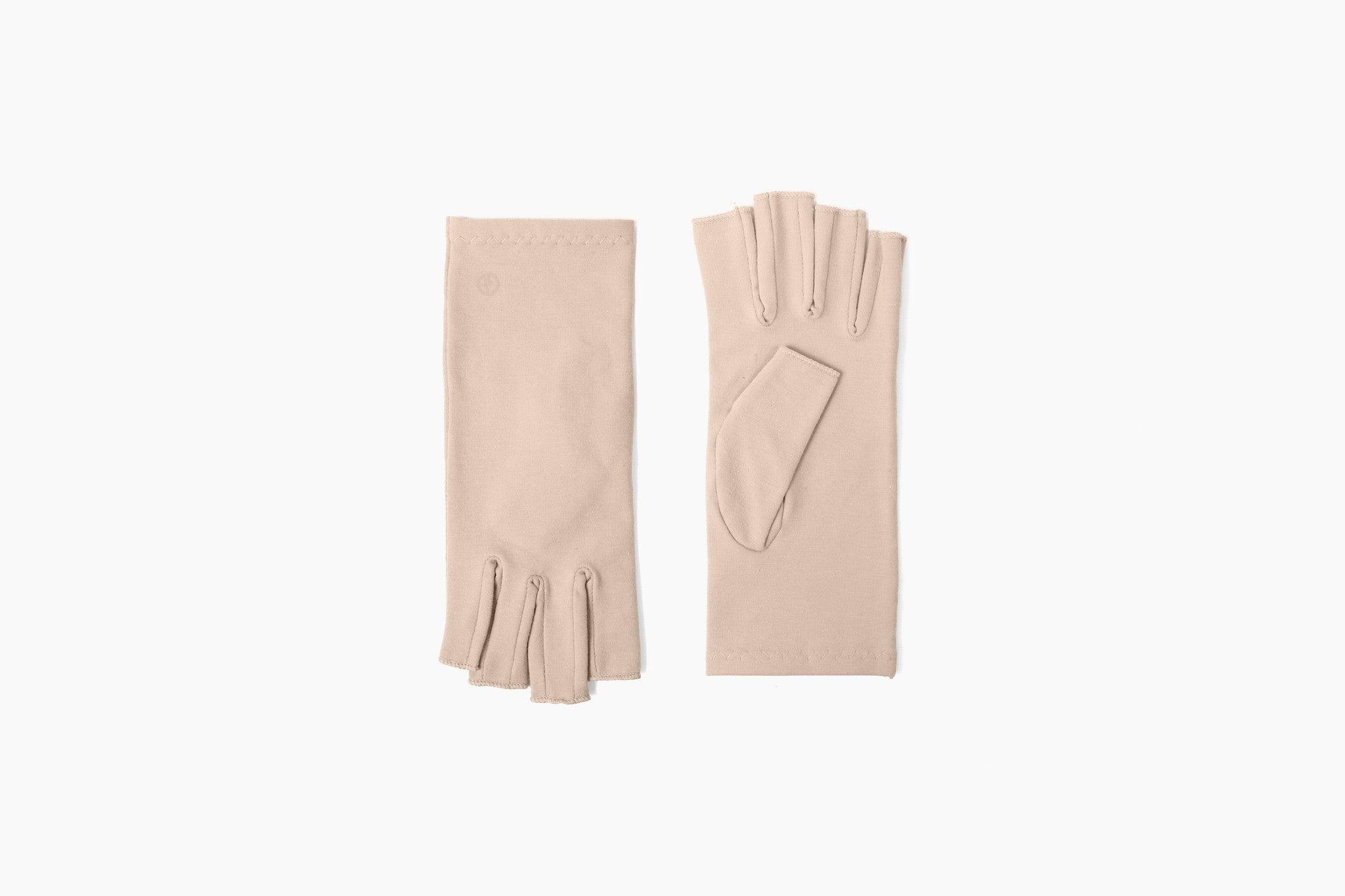
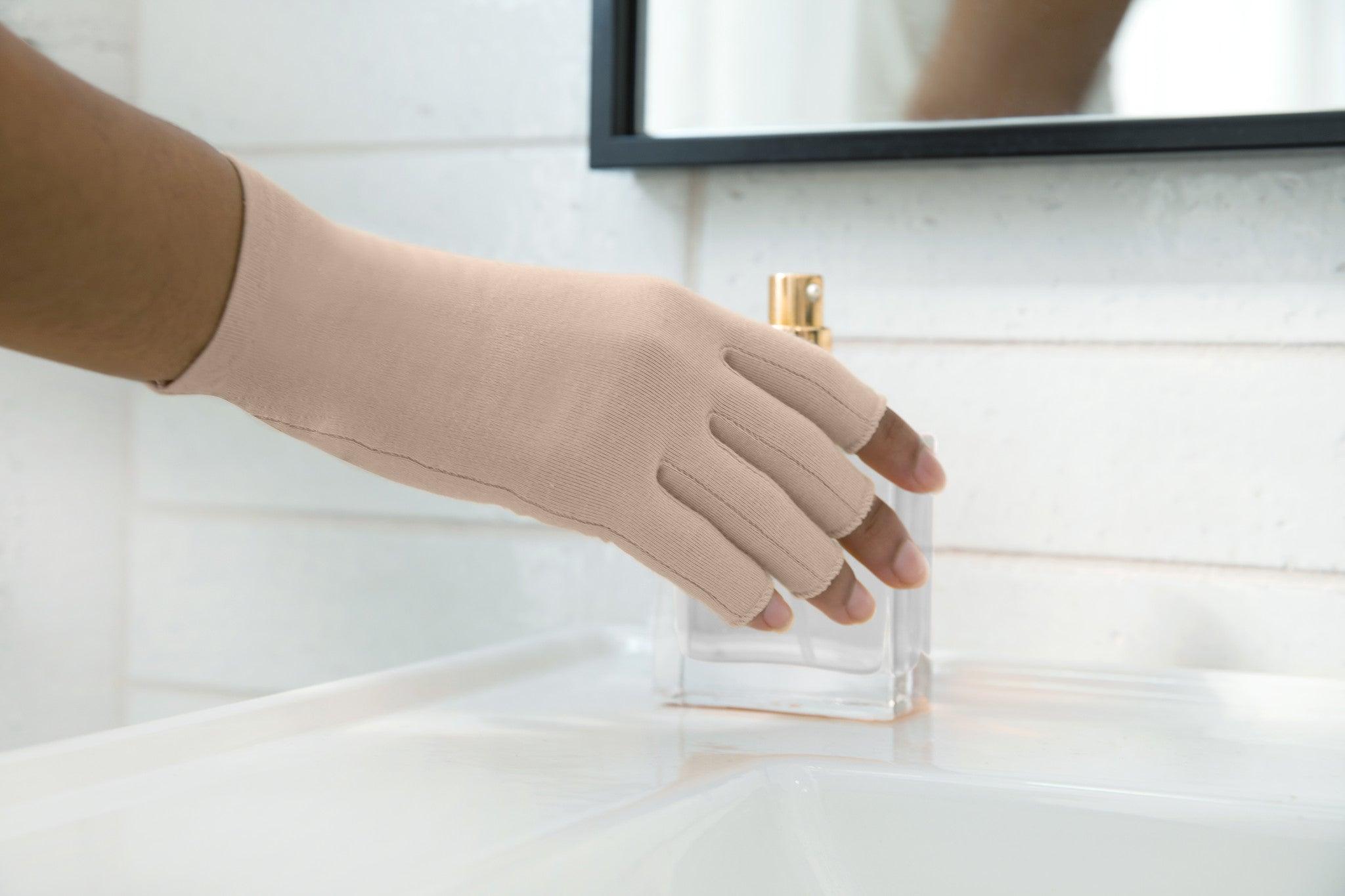
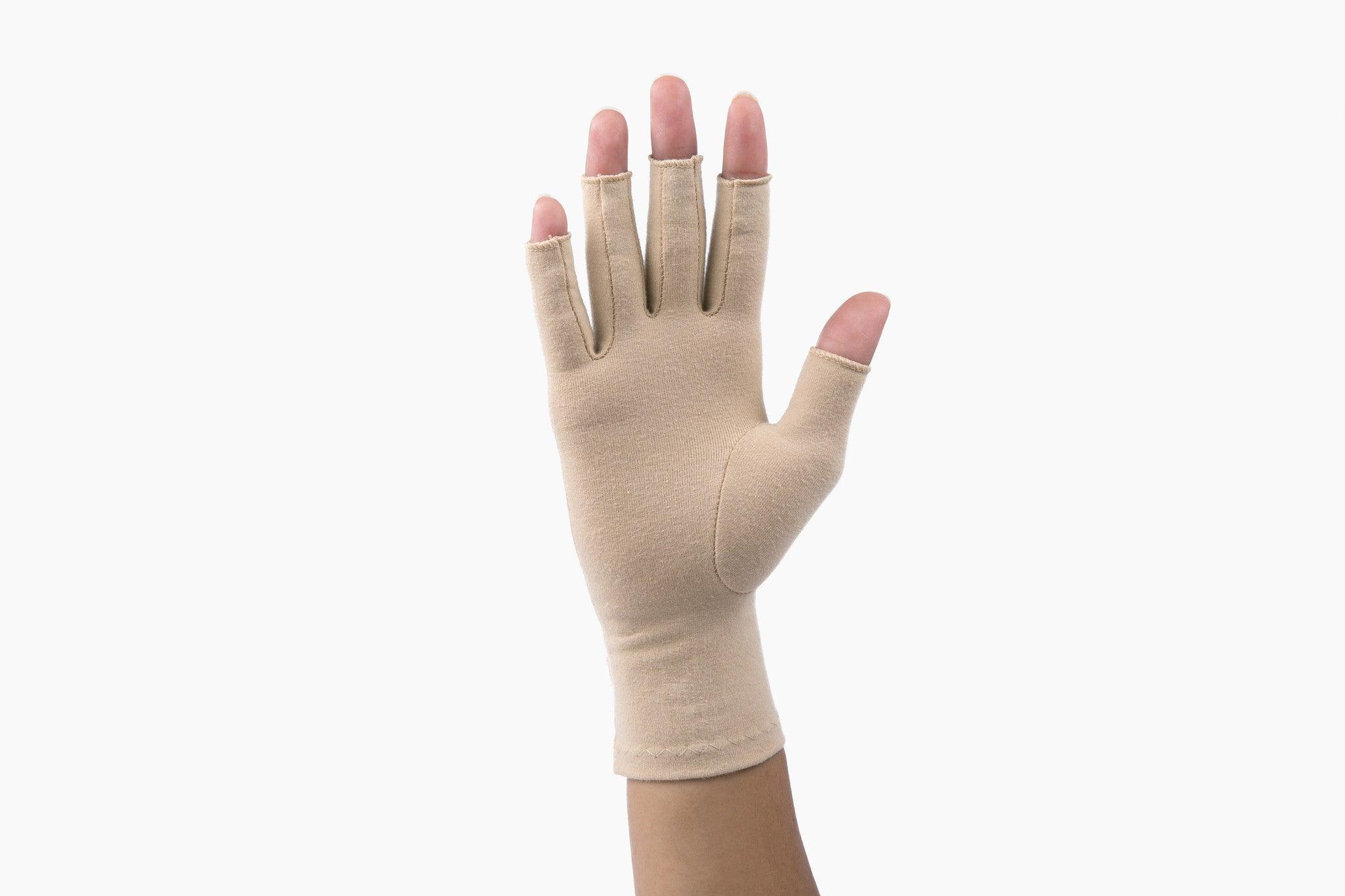
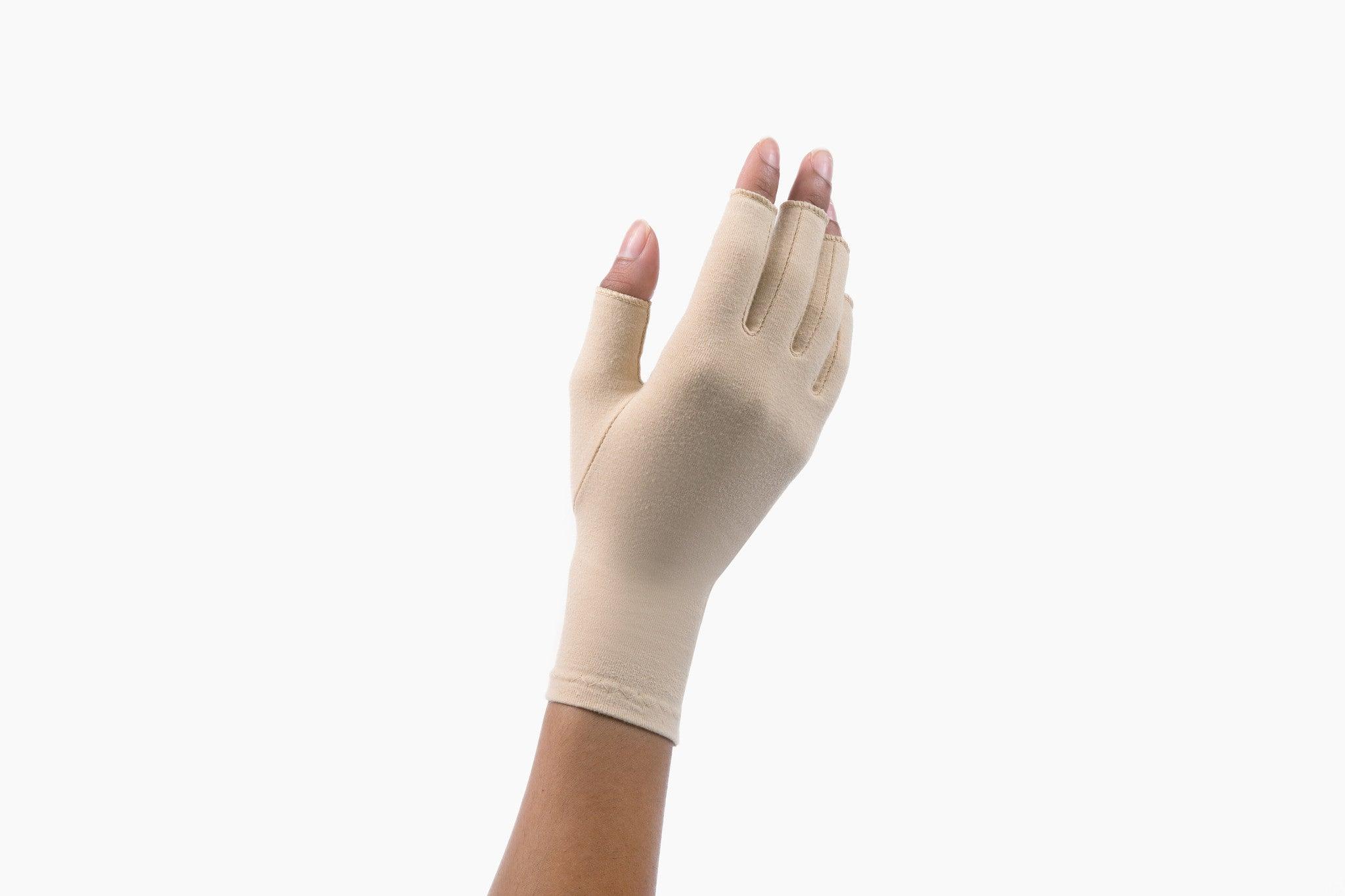
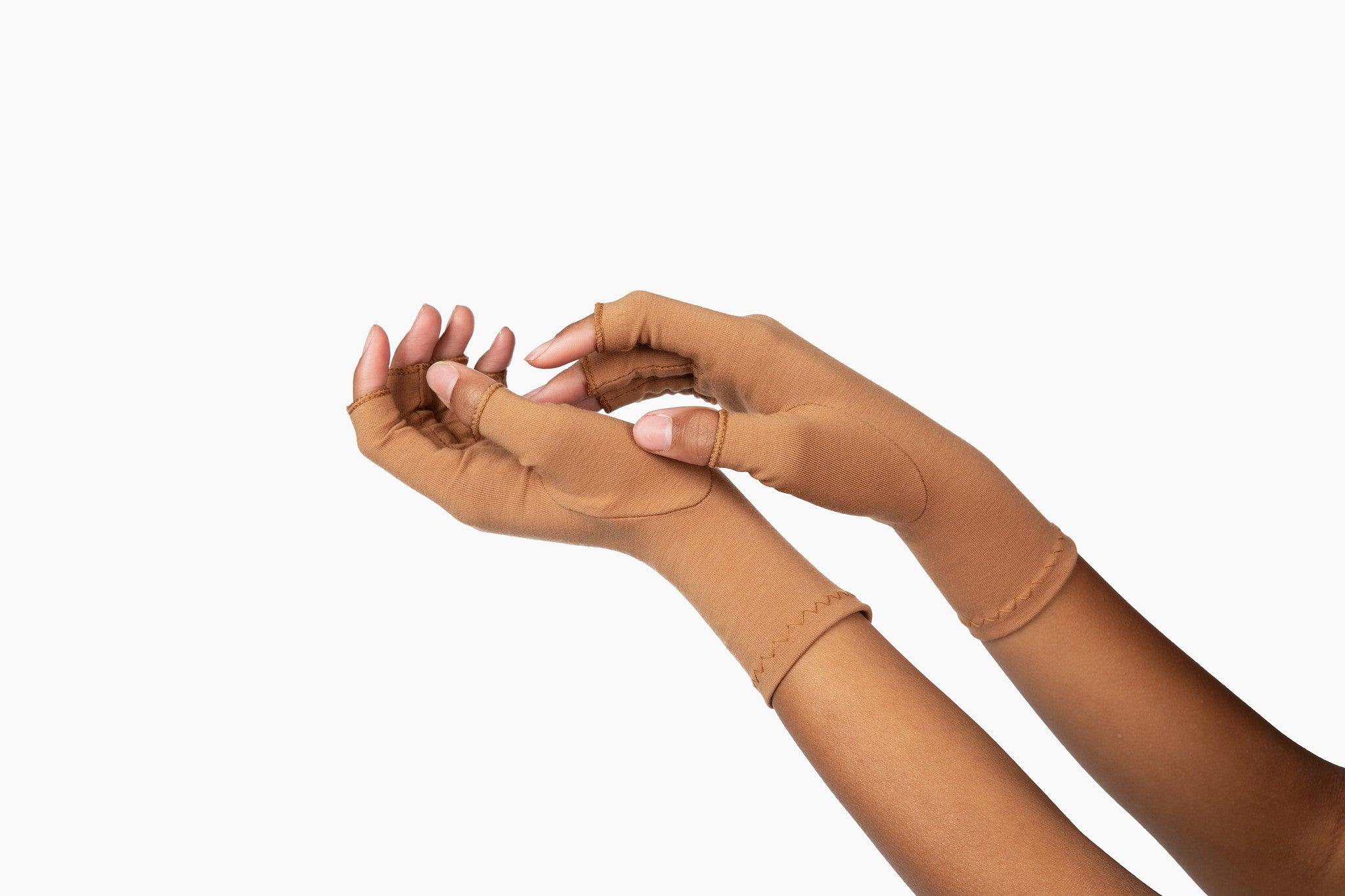
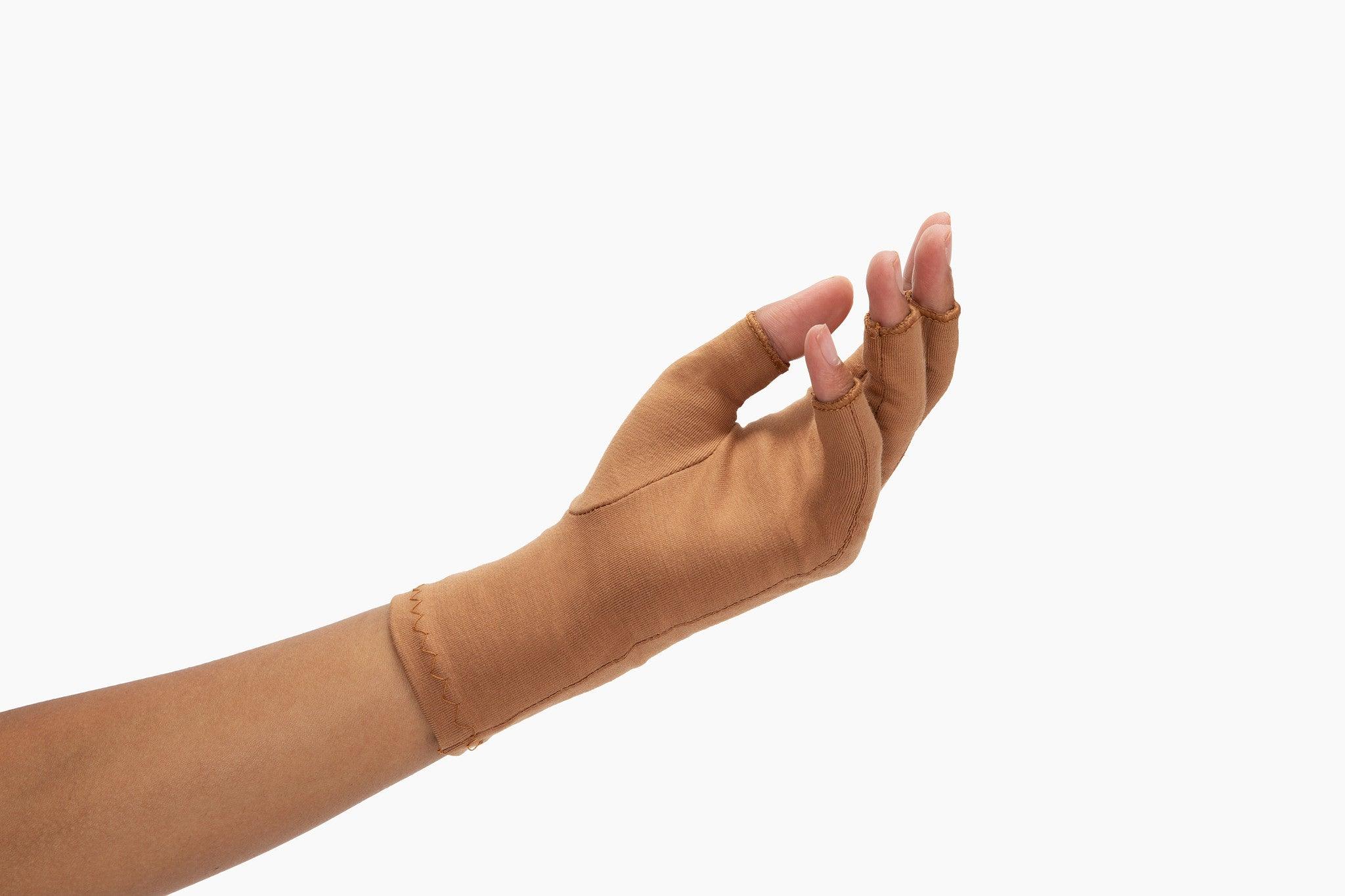
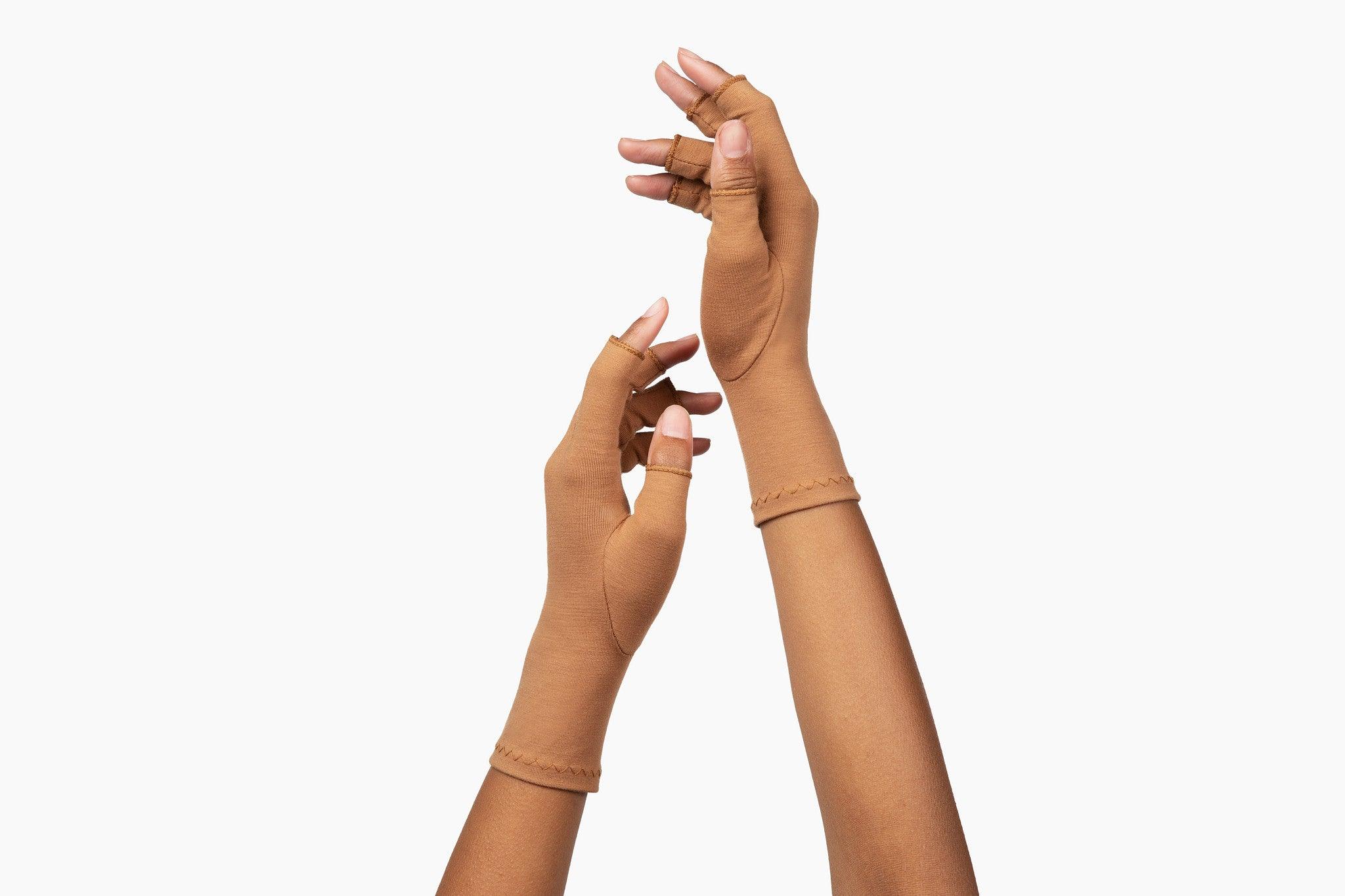

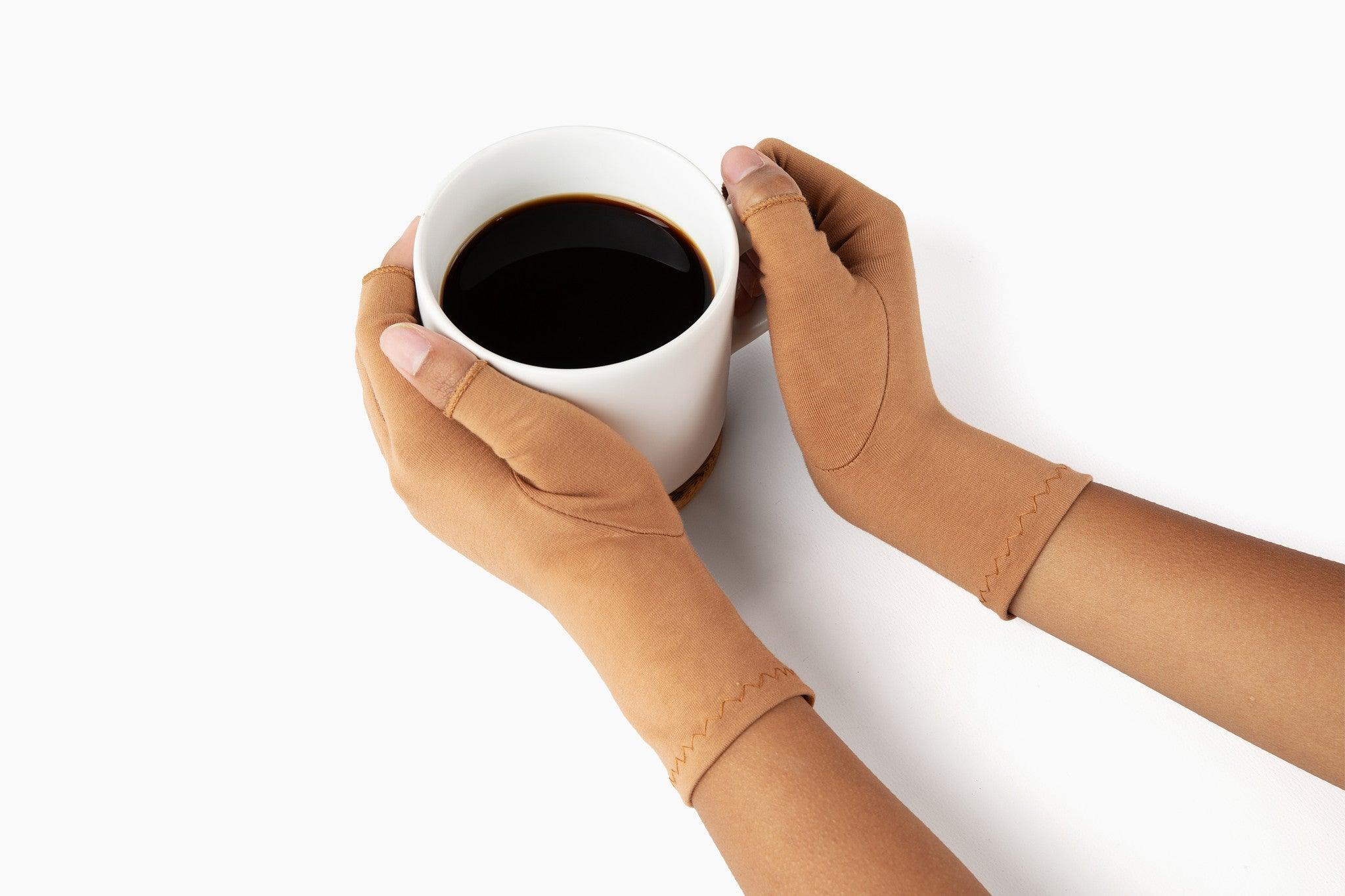
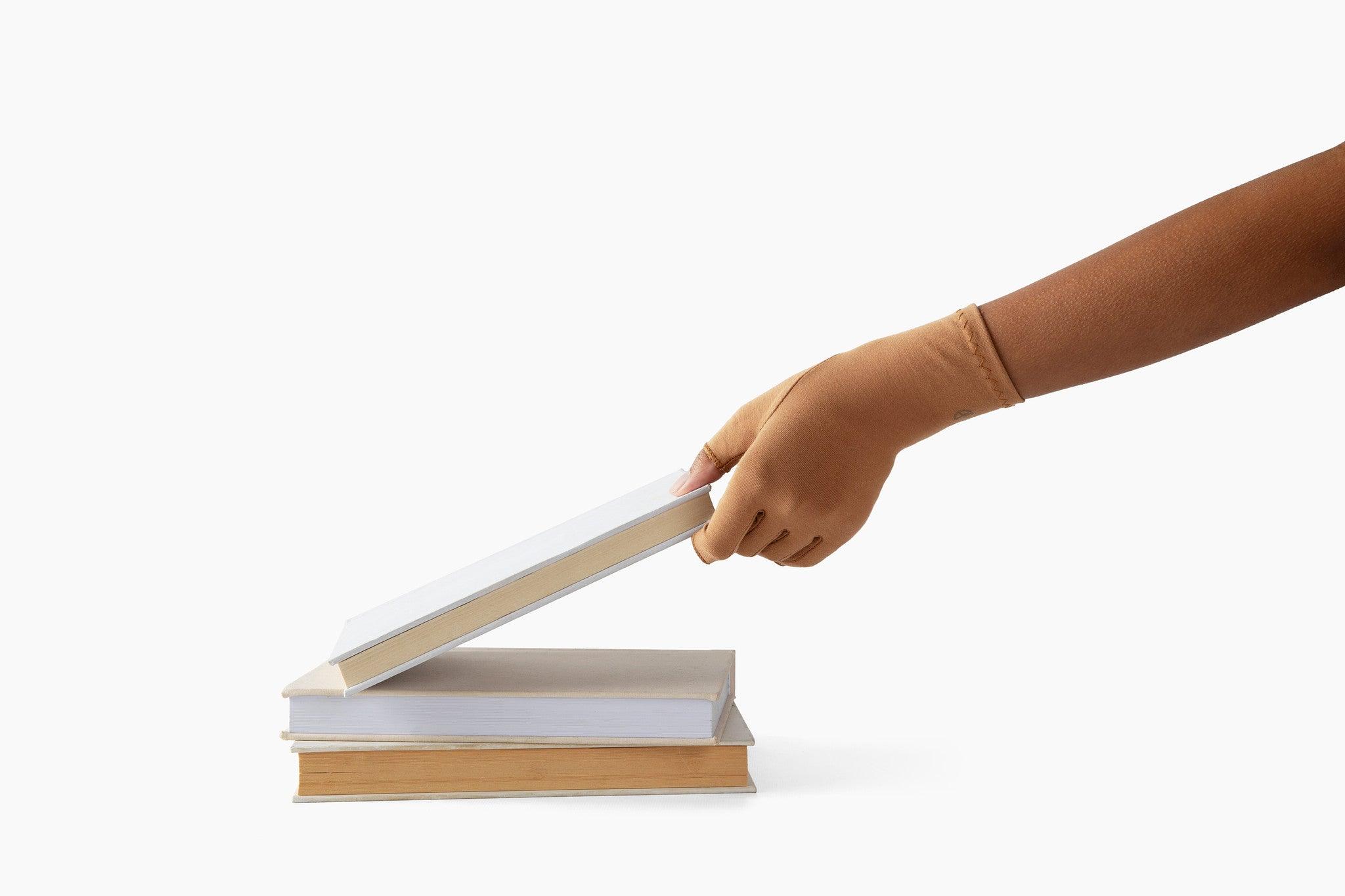

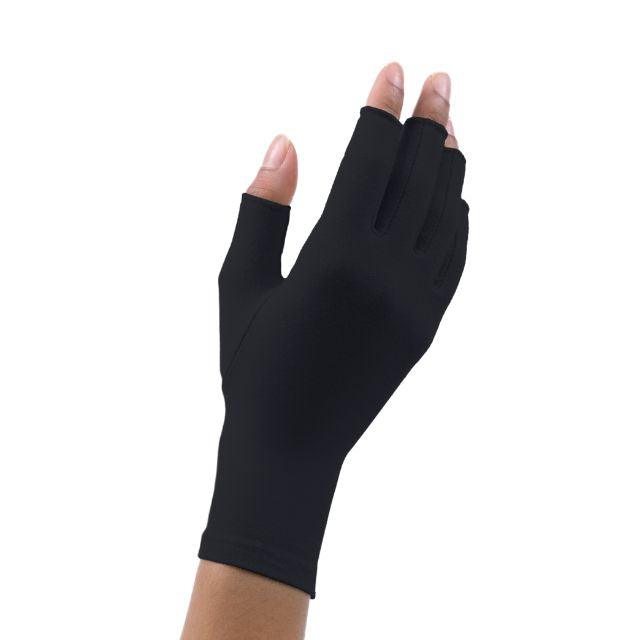
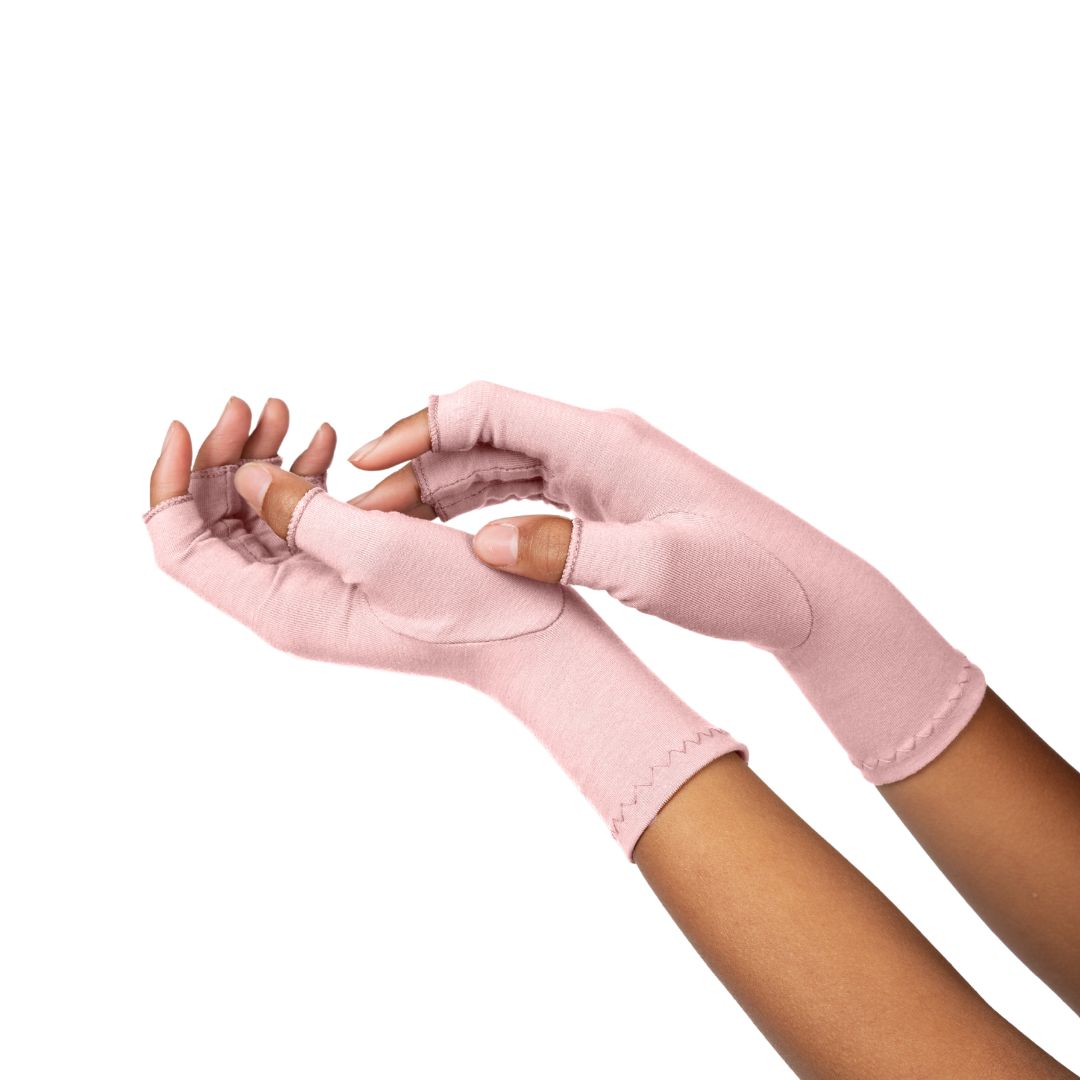
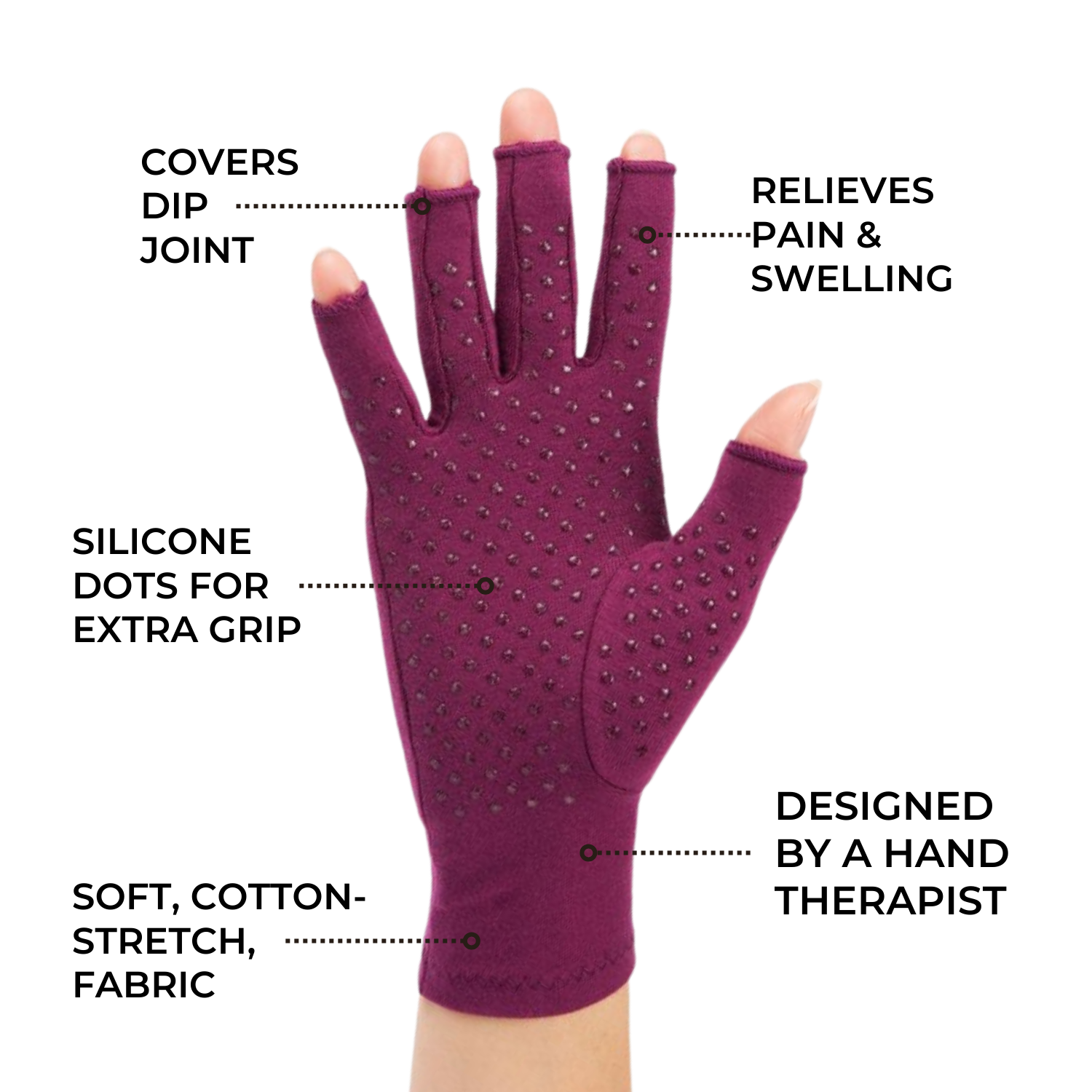
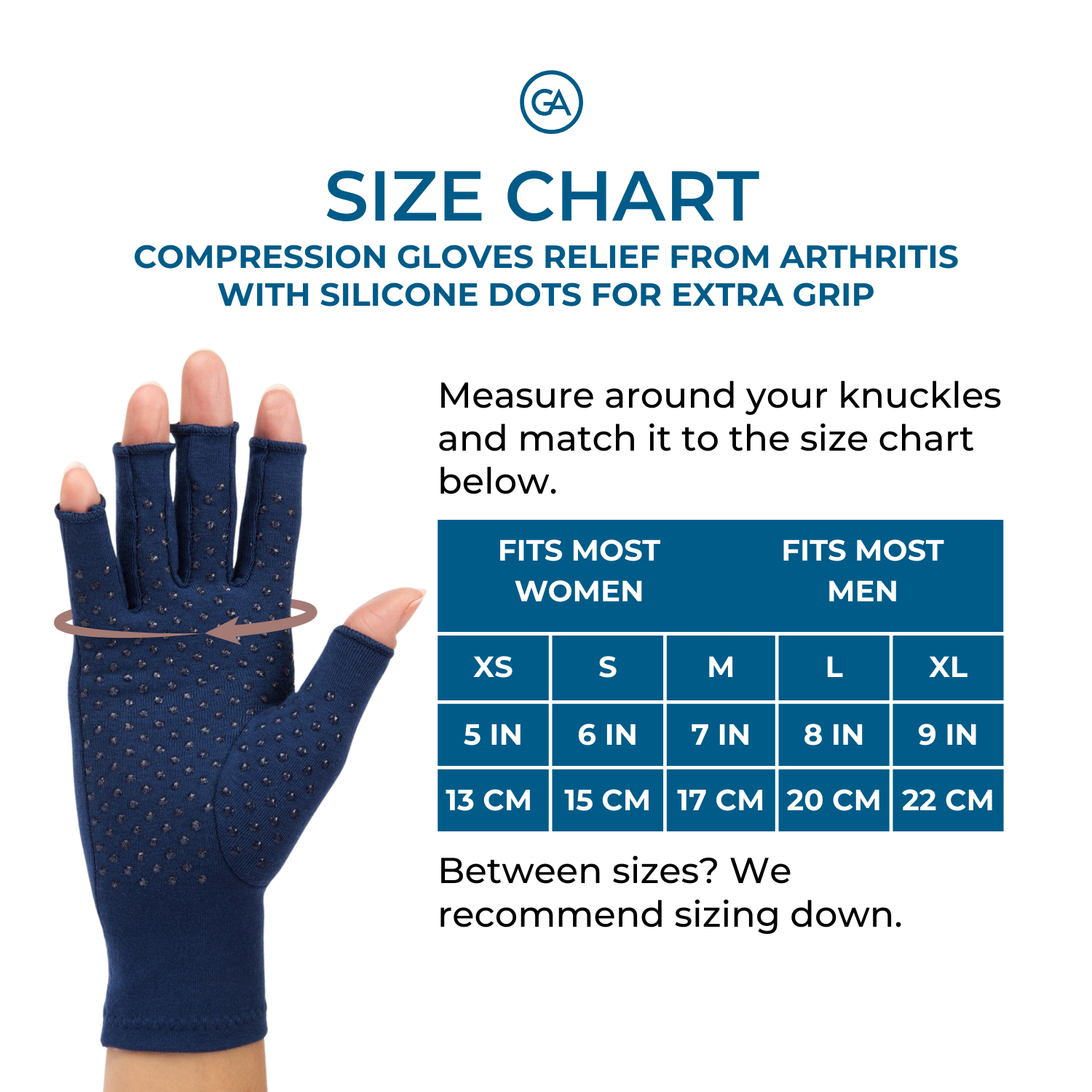
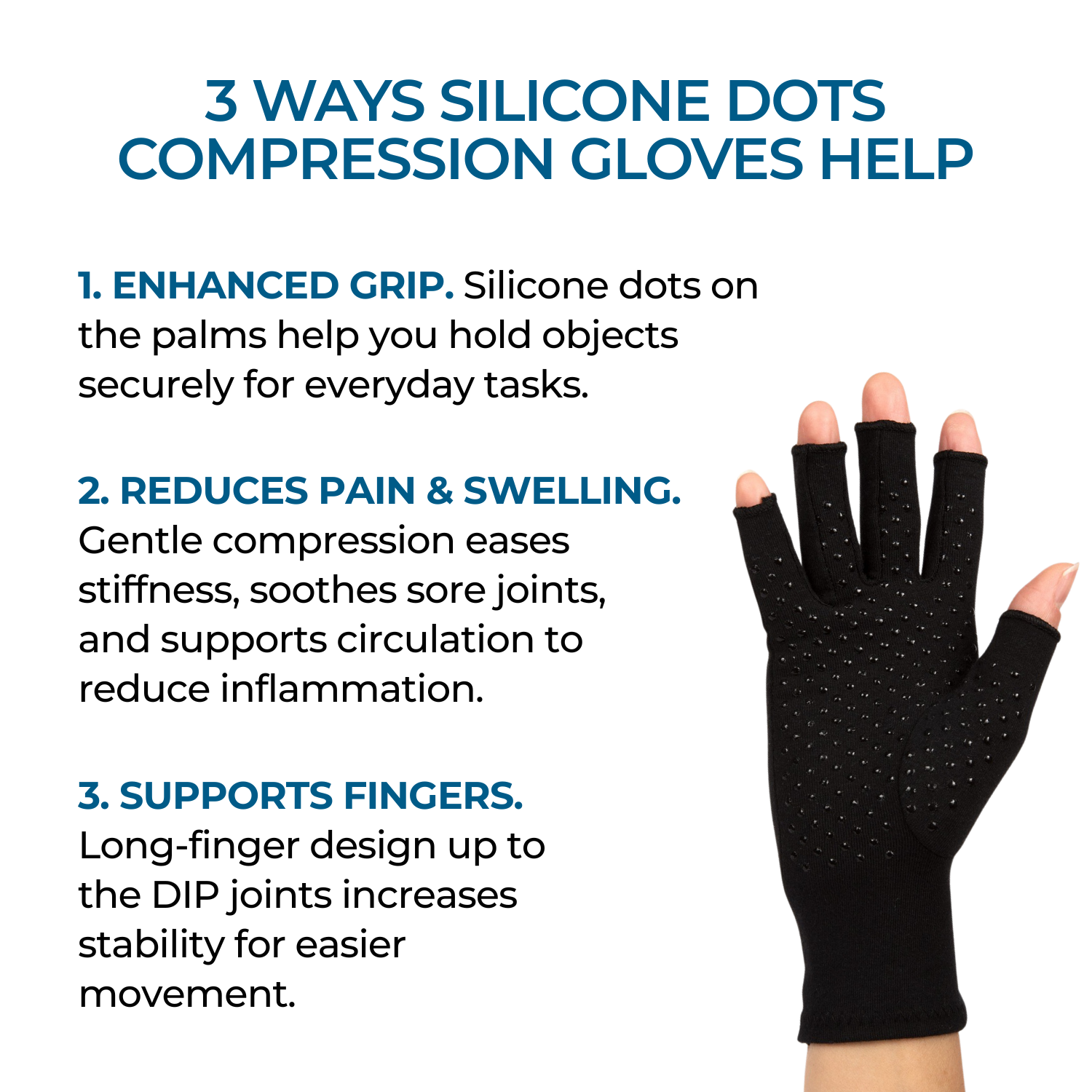
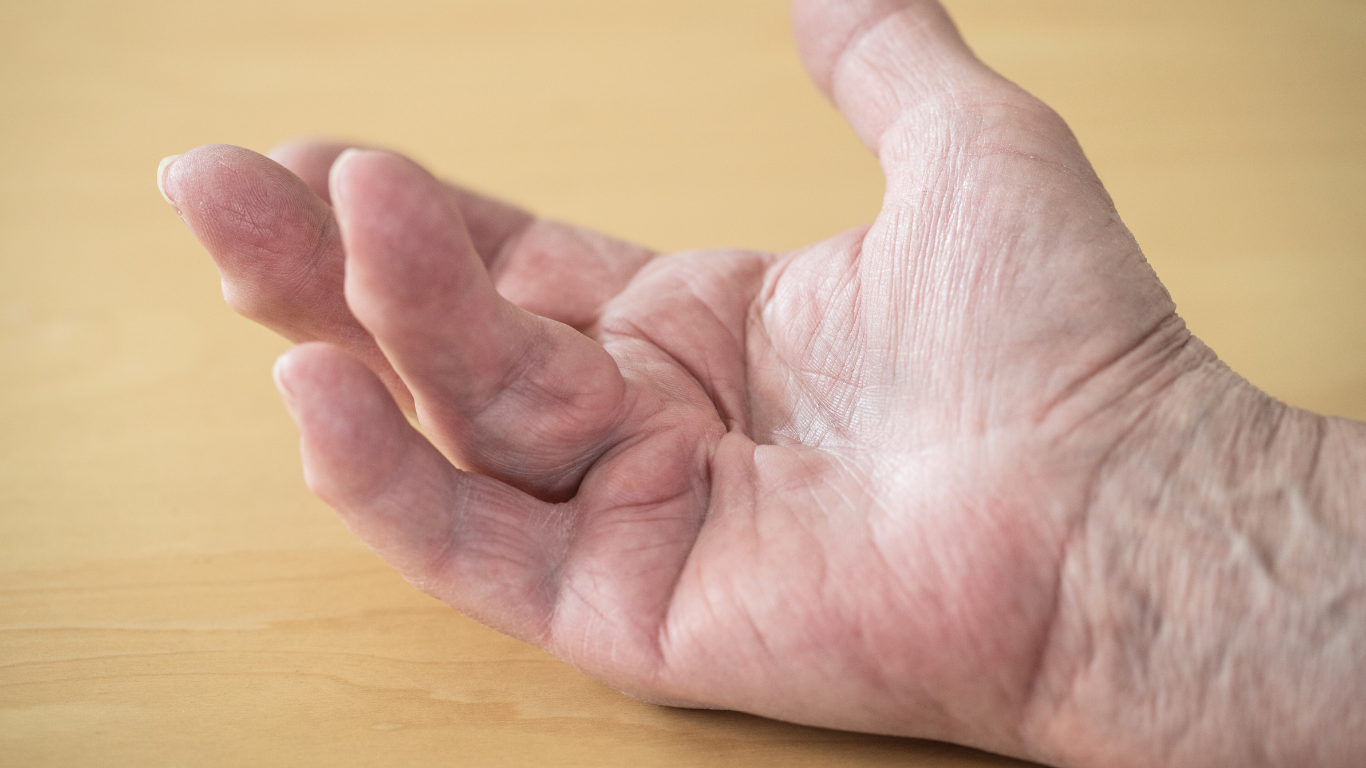
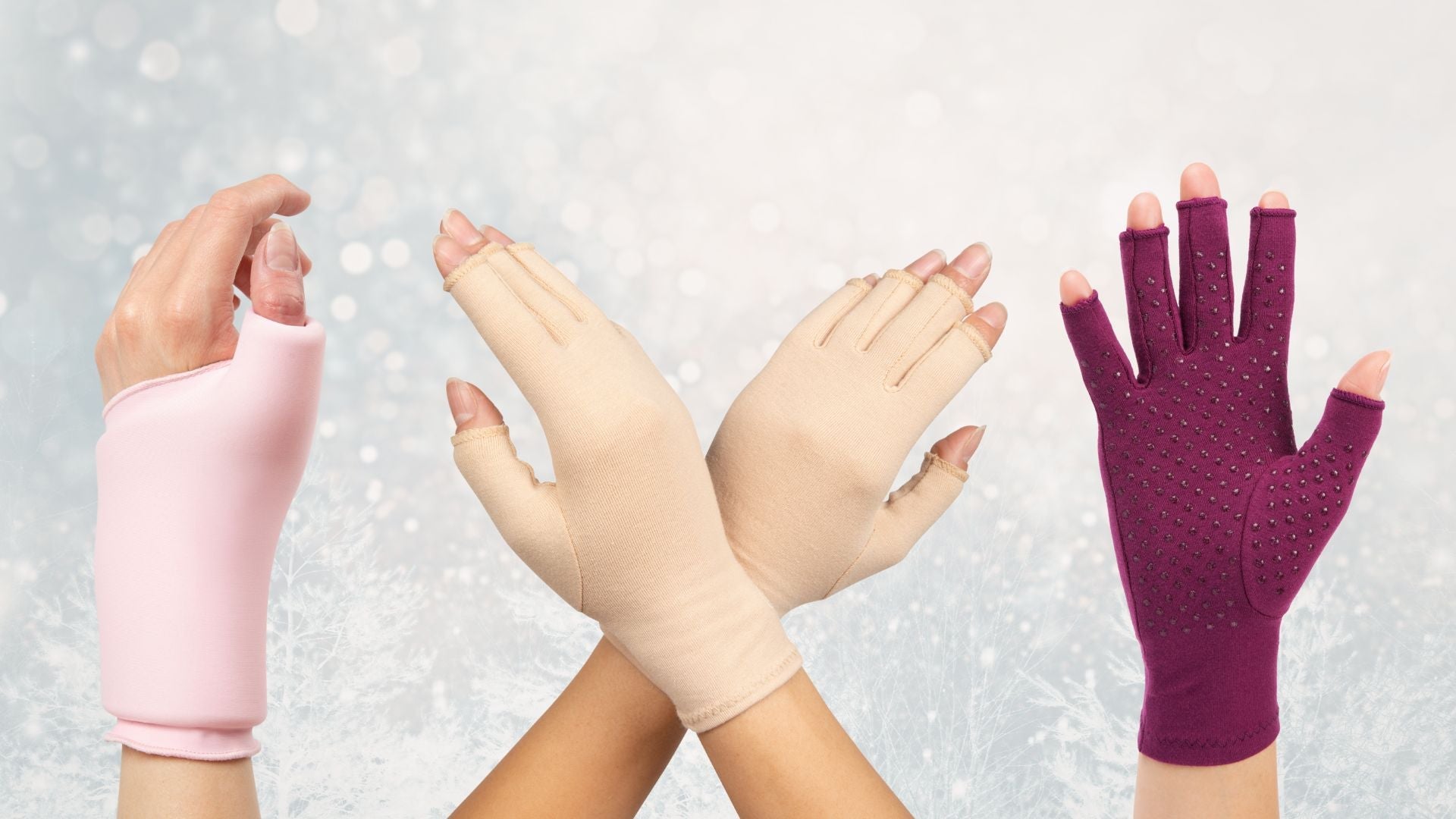
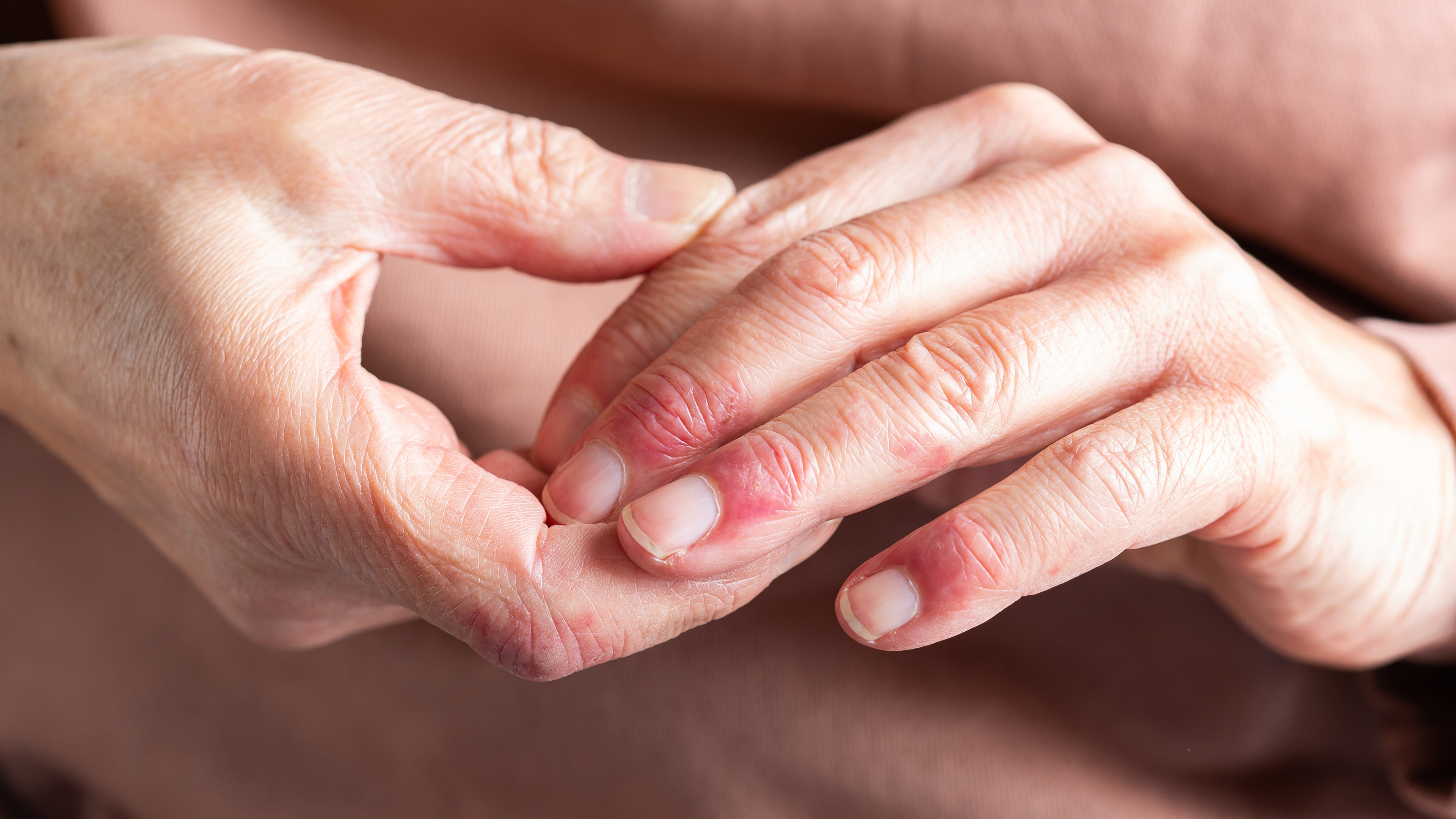

Share and get 15% off!
Simply share this product on one of the following social networks and you will unlock 15% off!